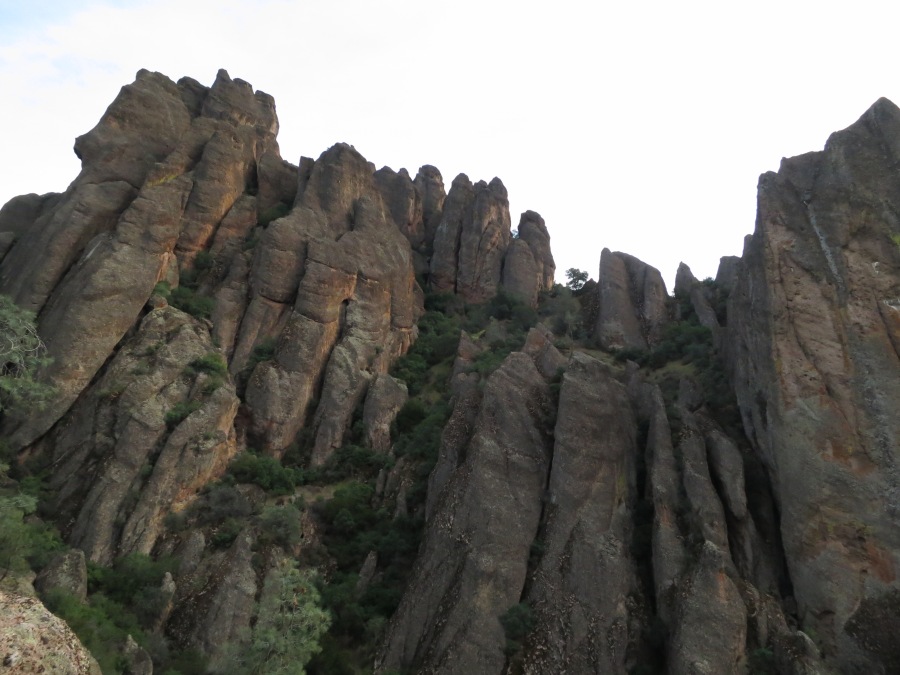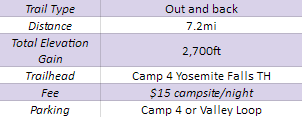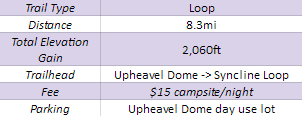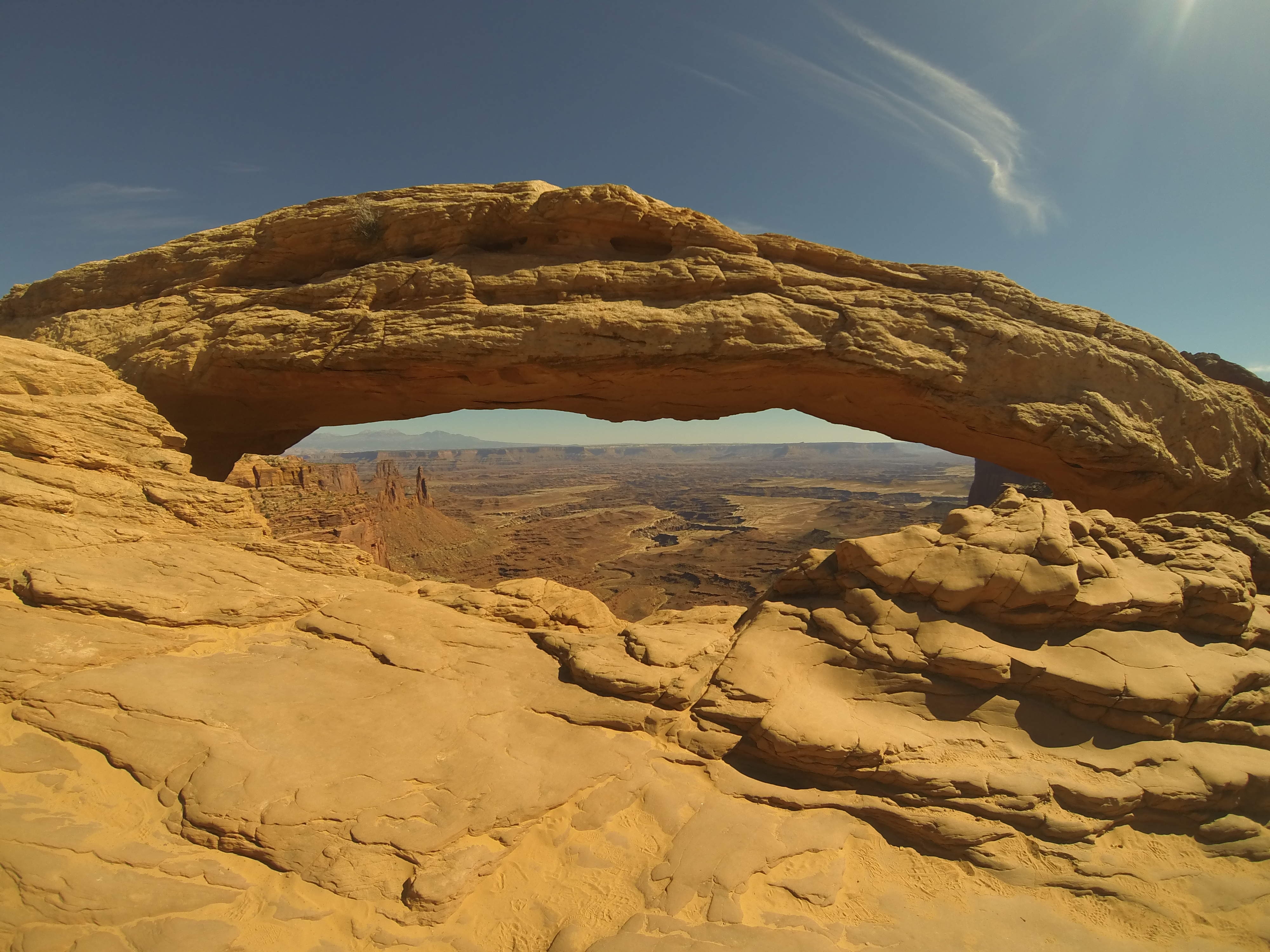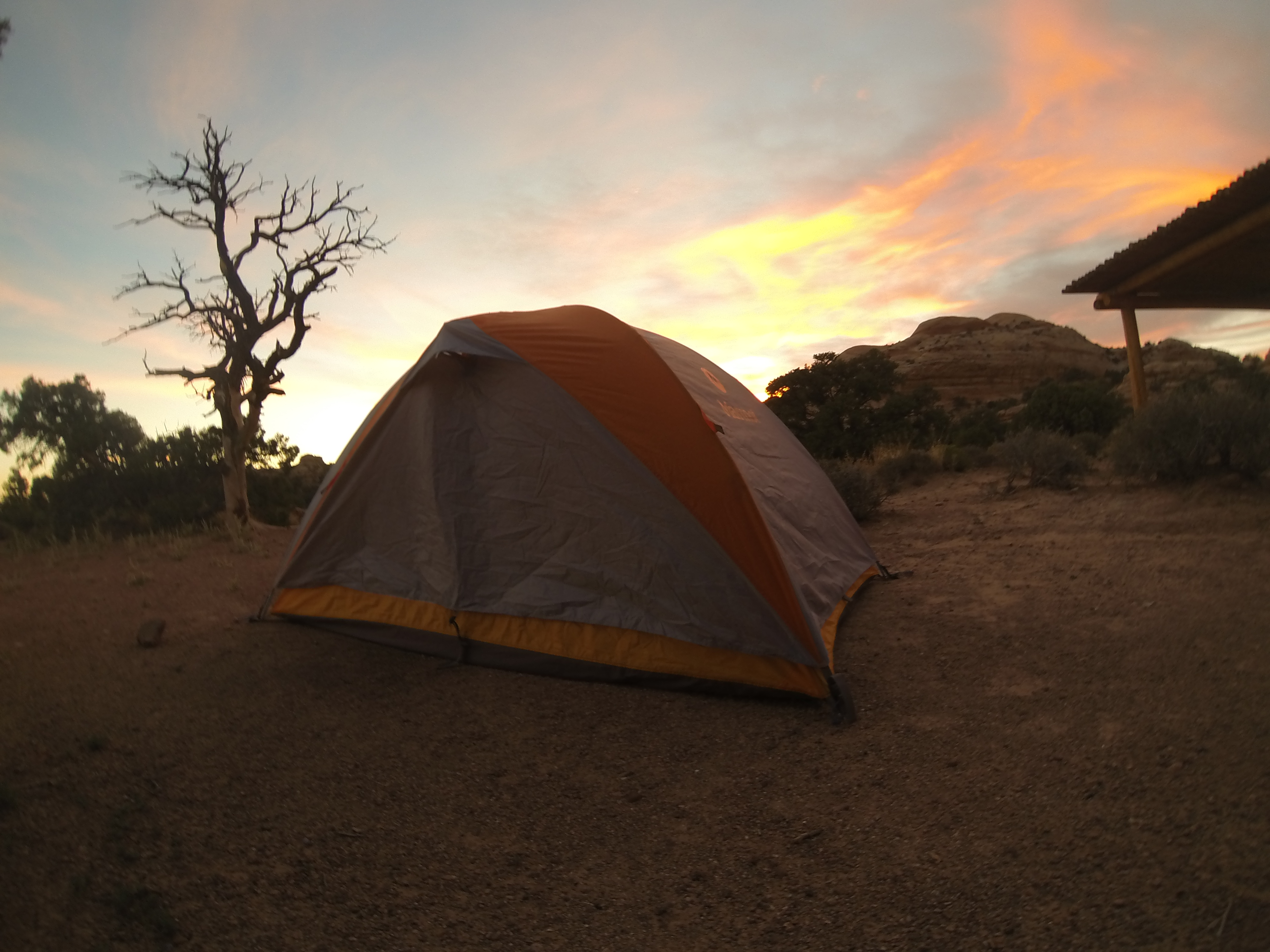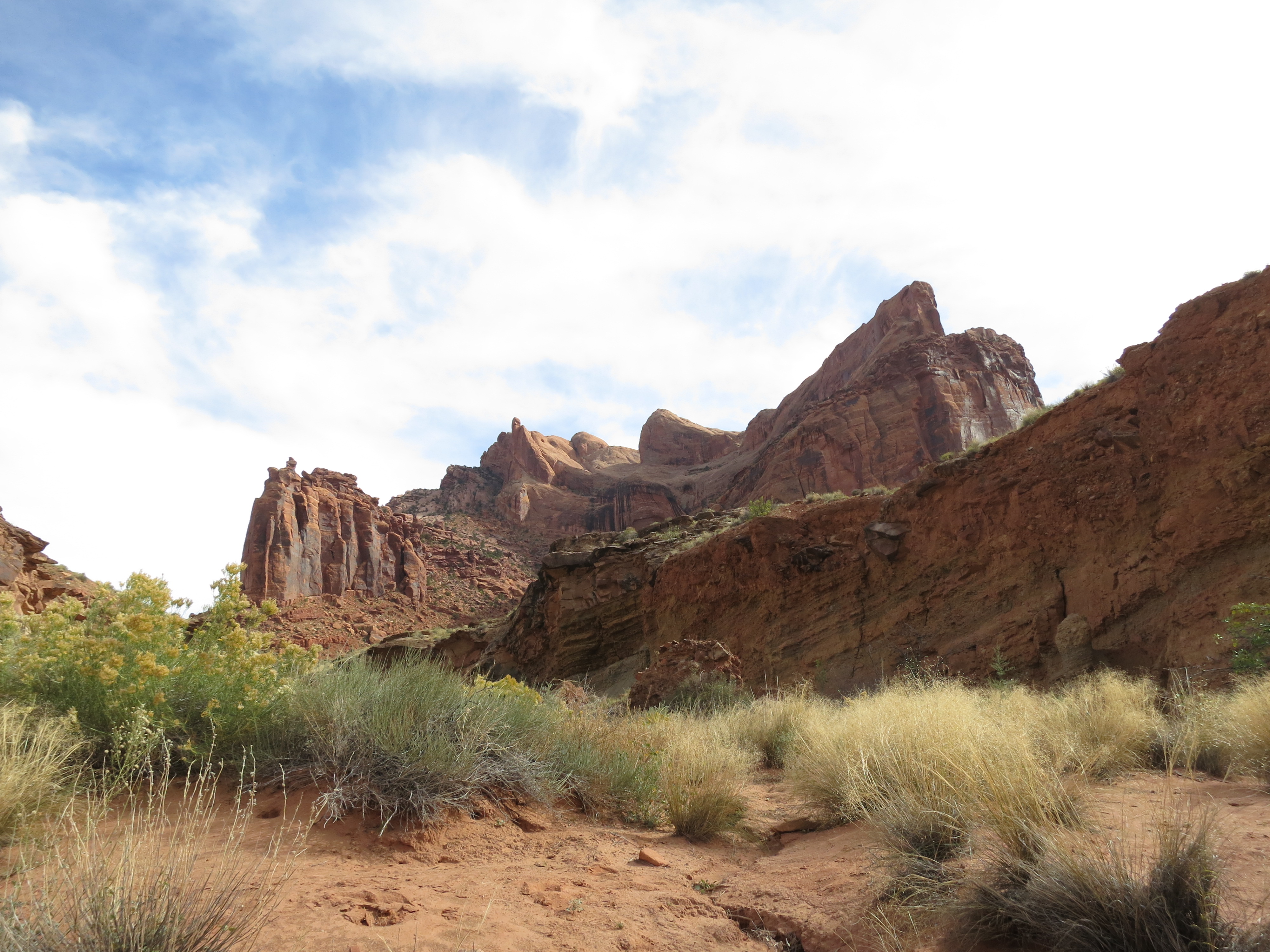TL;DR
Haleakalā National Park resides on the Hawaiian island of Maui. Haleakalā NP is split into two parts, the summit and Kipahulu districts. The summit area is a vast dry volcanic landscape where we did our 2.5 day/2 night 25 mile backpacking loop. The Kipahulu district resides on the south eastern slope of Haleakalā. In contrast, its a lush environment full of trees, bamboo forests, and waterfalls. Our backpacking trip started from the Slidings Sands Trailhead near the summit, journeyed to Paliku camp, Holua camp, and back. Permits can be obtained, for free, from the visitor center up to a day before entry. Reserving permits in advance is not an option. Check with the visitor center to make sure the water catches at the campgrounds are functional. The summit of Haleakala is at 10,023ft. Acclimation may be required. Even though this is Maui, it does occasionally drop below freezing at night. We hiked
*Note: We did not stay at the backcountry cabins. Those require reservations far in advance.
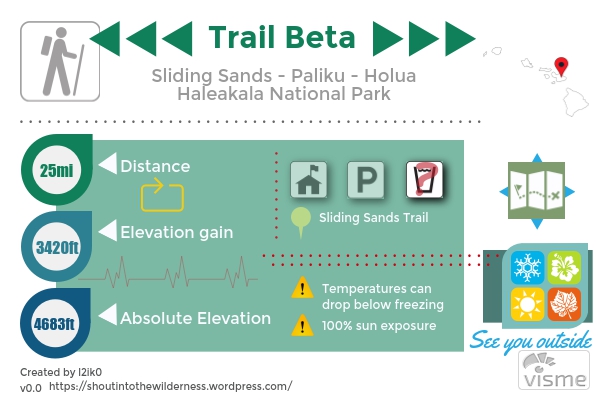
Overview
Have you ever wondered what it would be like on Mars? Wonder no further, because you’re a plane ticket away from being able to experience it yourself. Volcanic red and black sand extends for miles. The cinder cones peppering the eroded crater floor. If you’re near Holua you might find yourself immersed in a cloud, making the surrounding crags of lava rock like some forlorn wasteland. There weren’t too many other hikers or backpackers that came across our path. With no trees or large animals in the arid area of the park you are left alone in silence. Not even the wind can make a sound.
Our journey began at the Sliding Sands trail head near the summit. There are technically 3 trailheads you can take to enter Haleakala Crater; Sliding Sands, Halemau’u, and Kaupo. Sliding Sands and Halemau’u are located directly off the main road that goes to the summit. The Kaupo trailhead is actually on private land off highway 31 and requires a pick-up/drop-off or hitchhiking. We went with the Sliding Sands partially for convenience (you can leave a car there) but also because you’re treated to the most amazing view as you descend into the crater.
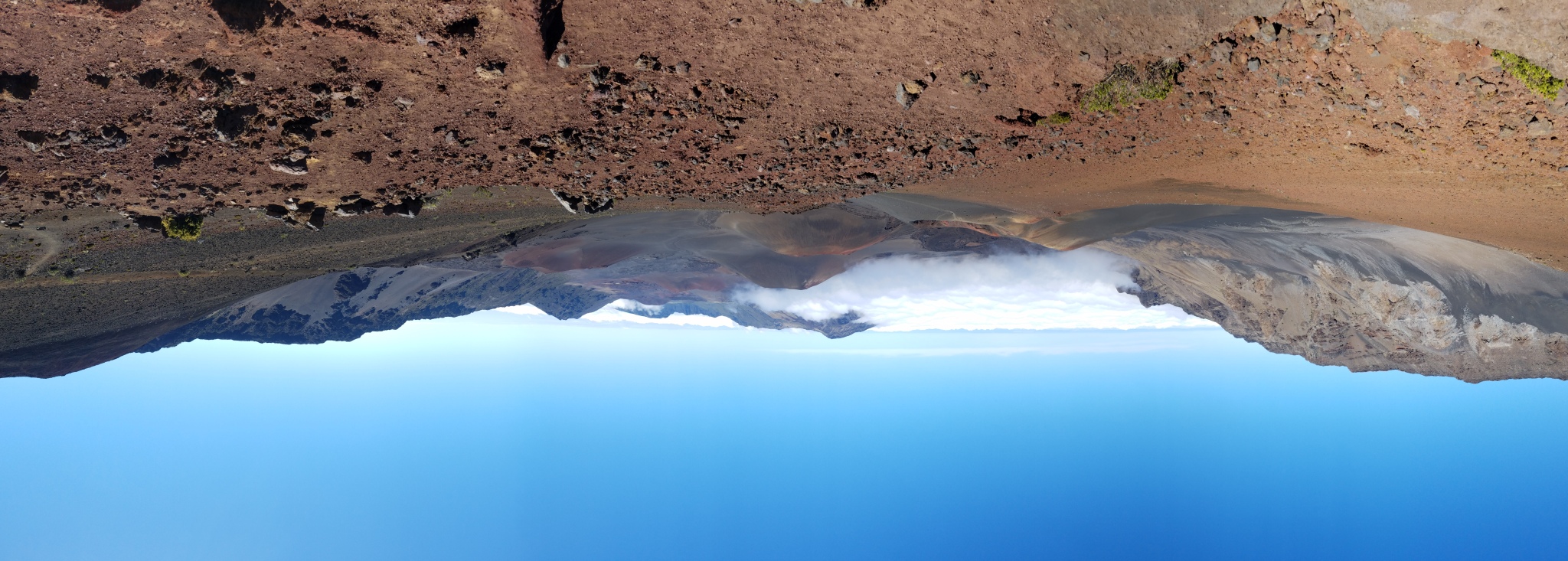
Haleakala is a dormant volcano. The crater that you hike through is due to weathering and not a collapse like other volcanic craters. Haleakala means “House of the sun”. The legend goes that the sun god would sleep within the crater, tired from racing across the sky. The demigod Maui and his mother lived on a neighboring island. His mother lamented that the sun moved too quickly and that she never had enough time to finish her work during the day. Hearing this, Maui climbed to the top of Haleakala and waited for the sun to begin his day. As the first rays of sun light appeared, Maui jumped out and lassoed the sun and tied him to a tree. The sun pleaded to be released but Maui would not let go. Maui told the sun to promise to move more slowly across the sky and then he would let him go. The sun relented and was released. Maui rushed home to tell his mother the good news, and sure enough she was able to finish all her work before sunset.
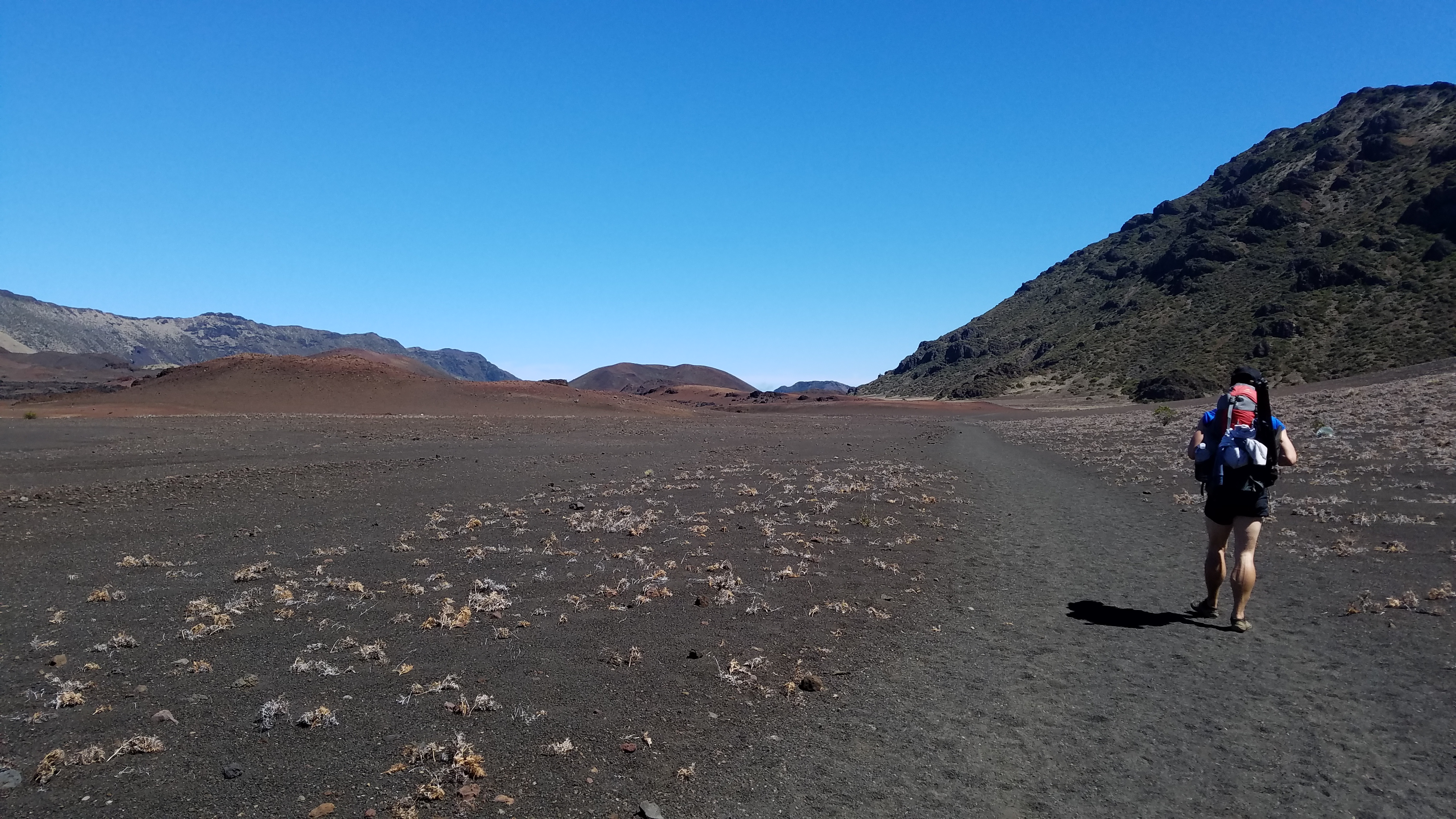
Like most places of lore, you can immediately see why they considered this a sacred place. As the clouds surround the crater, as it happens on most days, you almost feel like you’re in a world removed. An island floating in the sky. Haleakala isn’t a very large park, but once you descend to the crater floor (~2500ft) it starts to appear pretty vast. Those cinder cones that you saw from the top are now miles apart and several hundred feet above you. You can see the various trails go off toward their own vanishing point, no trees to block your view.
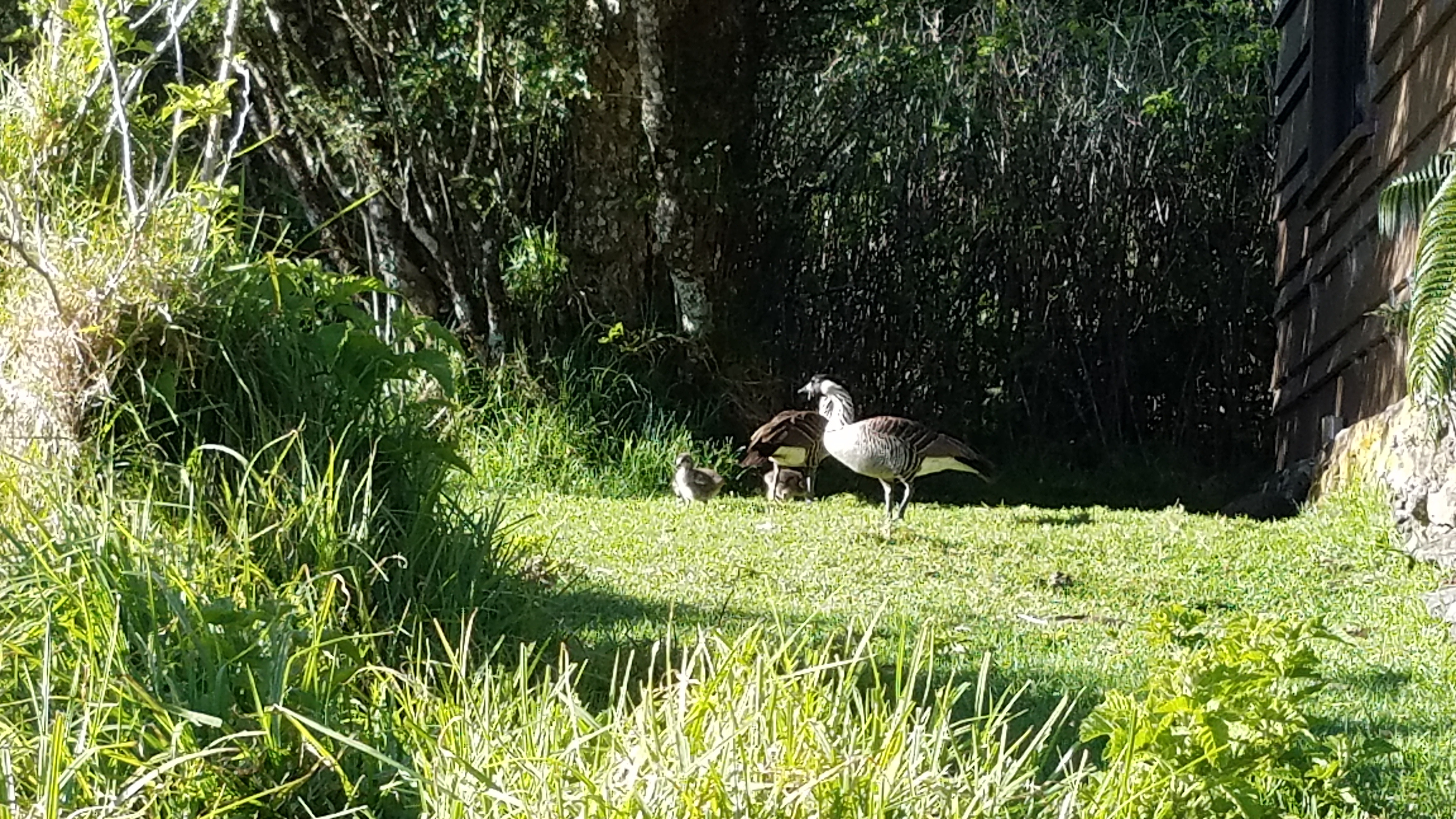
Our first day took us from Sliding Sands to the Paliku backcountry camp (9.5mi) nestled in the east end of the crater. Over the course of those 9.5 miles you go from a volcanic arid landscape to a lush green grassland full of birds and the indigenous nene goose. We actually lucked out and got to see several families of nene and their babies. We were forewarned that the nene will be a little more aggressive since they have their babies with them. If they sense you’re a danger, they’ll start to hiss at you. If you stand still they eventually ignore you but if you run they’ll proceed to chase which can be quite scary. Paliku has one of the 3 cabins you can rent in addition to a handful of established campsites interspersed in the tall grass. The only ones back there were use, 2 park rangers, and one other tent. Its in these moments that I find it so funny that we say how small the world has grown. Its only small when viewed through a computer screen. Once you’re actually out there, its really quite vast and lonely.

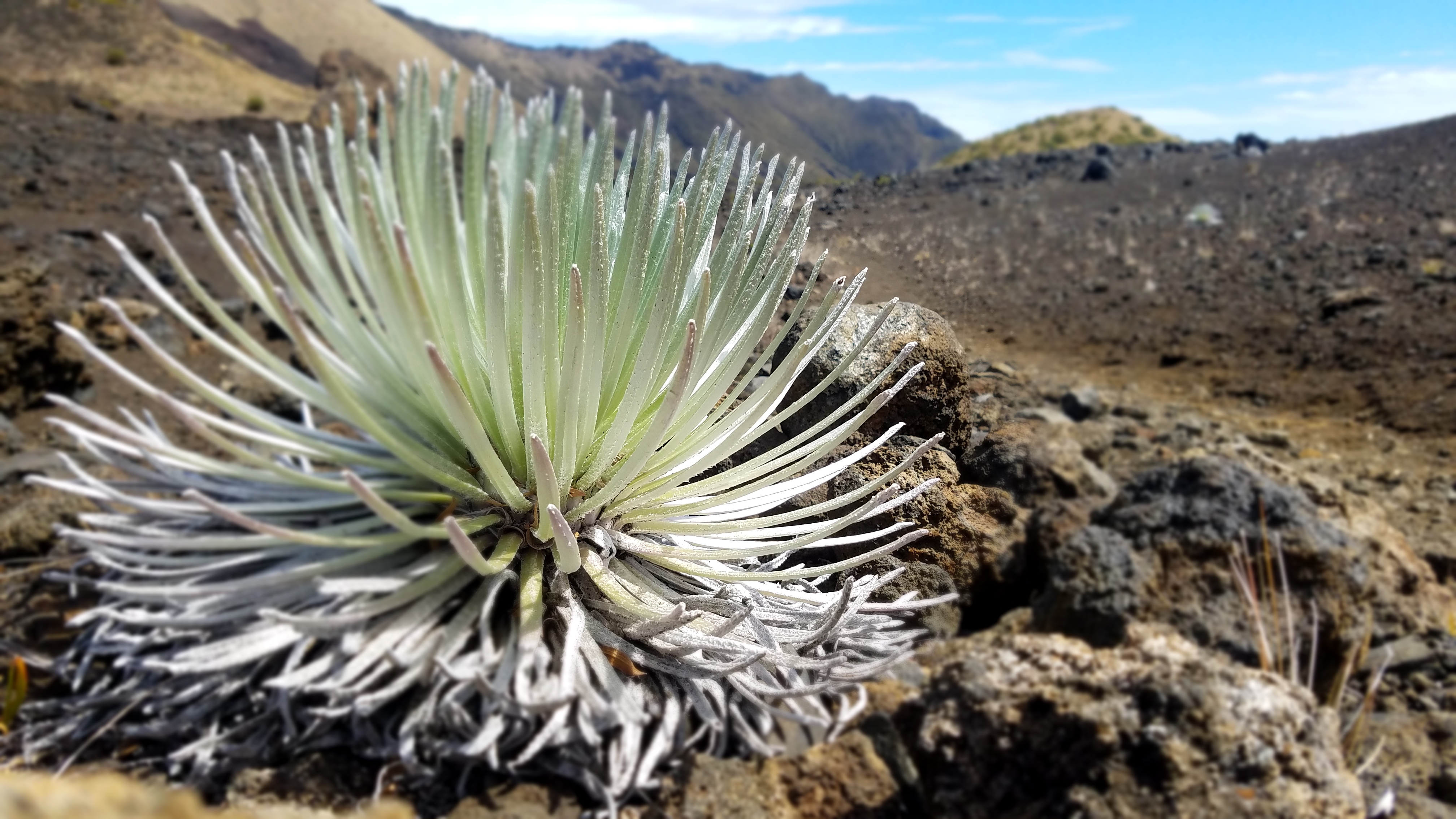
Day 2 arrived and we were treated to some crunchy frozen grass at our campsite. Temperatures during the winter can dip below freezing during the night. I would say the temperature range was similar to spring/early summer in the sierras. We carried pretty much the same gear that we take to Yosemite (3 season tent, 20F sleeping bags, puffies, etc). For day 2 we were hiking from Paliku, up the Halemau’u trail to Holua camp. We said goodbye to the nene and set off. The hike took us along the opposite side (north) of the crater from Sliding Sands (south). We watched as the grass and shrubs disappeared as we reacquainted ourselves with the volcanic sand peppered with silver sword. Silver sword looks like a metallic succulent but is apparently part of the daisy family? (The more you know). Its only found in Haleakala above 6,900ft only adding to the alien like appearance of the surrounding area. Its classified as a threatened species as it only grows in Haleakala and on Mauna Kea on the Big Island.
If you noticed on the map of the hike that there’s a short detour we took way of trail, I’d recommend not doing that. While there are other detour hikes that sound cool and worth doing (crystal caves, alternate view points) this was not one of them. Around the Kawilinau pit there’s a sign that says “Unmaintained Trail” next to something that looks like any other trail in the park. It doesn’t really lead anywhere. We followed it out about a mile and ended up at a dead end on a steep drop-off. Not knowing where else to go or seeing a safe way down we turned back to the main trail defeated.
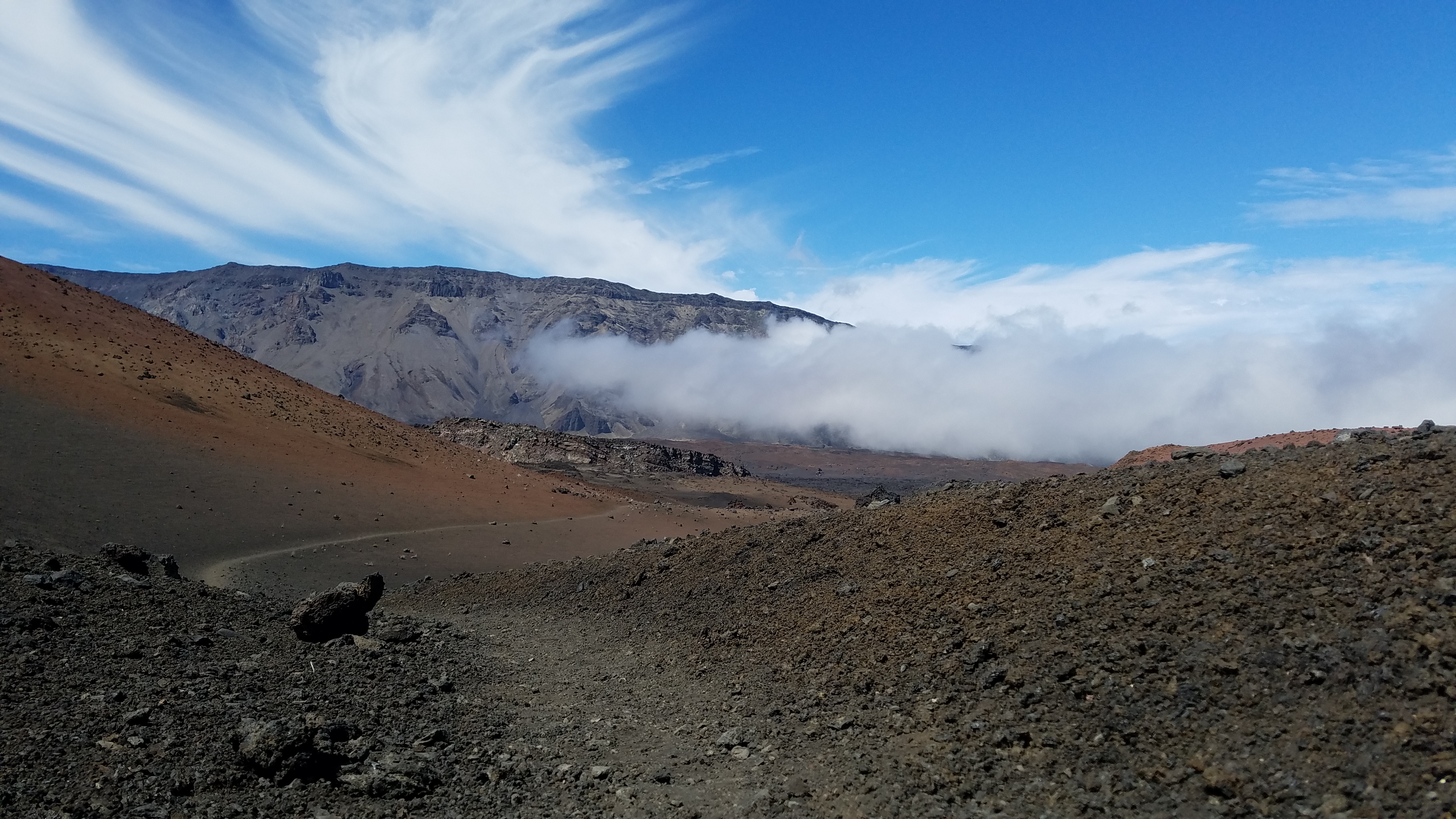
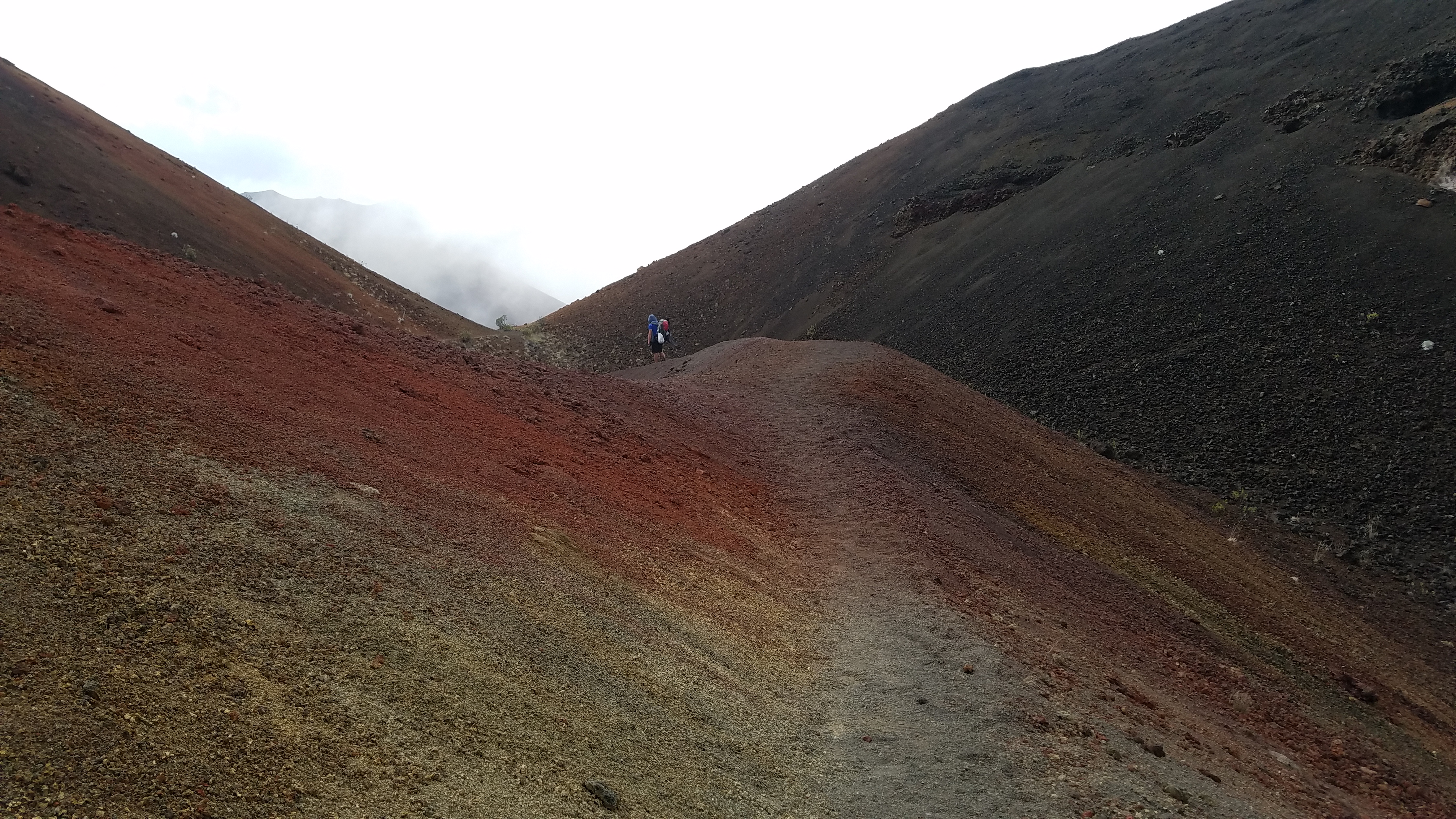
Once back on the main trail, fatigue setting end, we found ourselves heading into the clouds.
The Halemau’u trail heads out of the crater to the Halemau’u trailhead.
This section of the crater doesn’t have the high walls to keep out the clouds. The trail winds through a few of the smaller cinder cones. The ranger giving out permits said to be sure to go this way because its notably beautiful. So we kept our eyes peeled for something “notably beautiful” as cryptic as that was and I think we did stumble upon it. While the majority of the landscape is rust colored and black volcanic sand, there was one slope of one cincder cone that had a myriad of colors. Reds, yellows, and greens dusted the side of the cinder cone. And as suddenly as it appeared it was gone. So keep your eyes peeled around Kawilinau or else you might miss it.
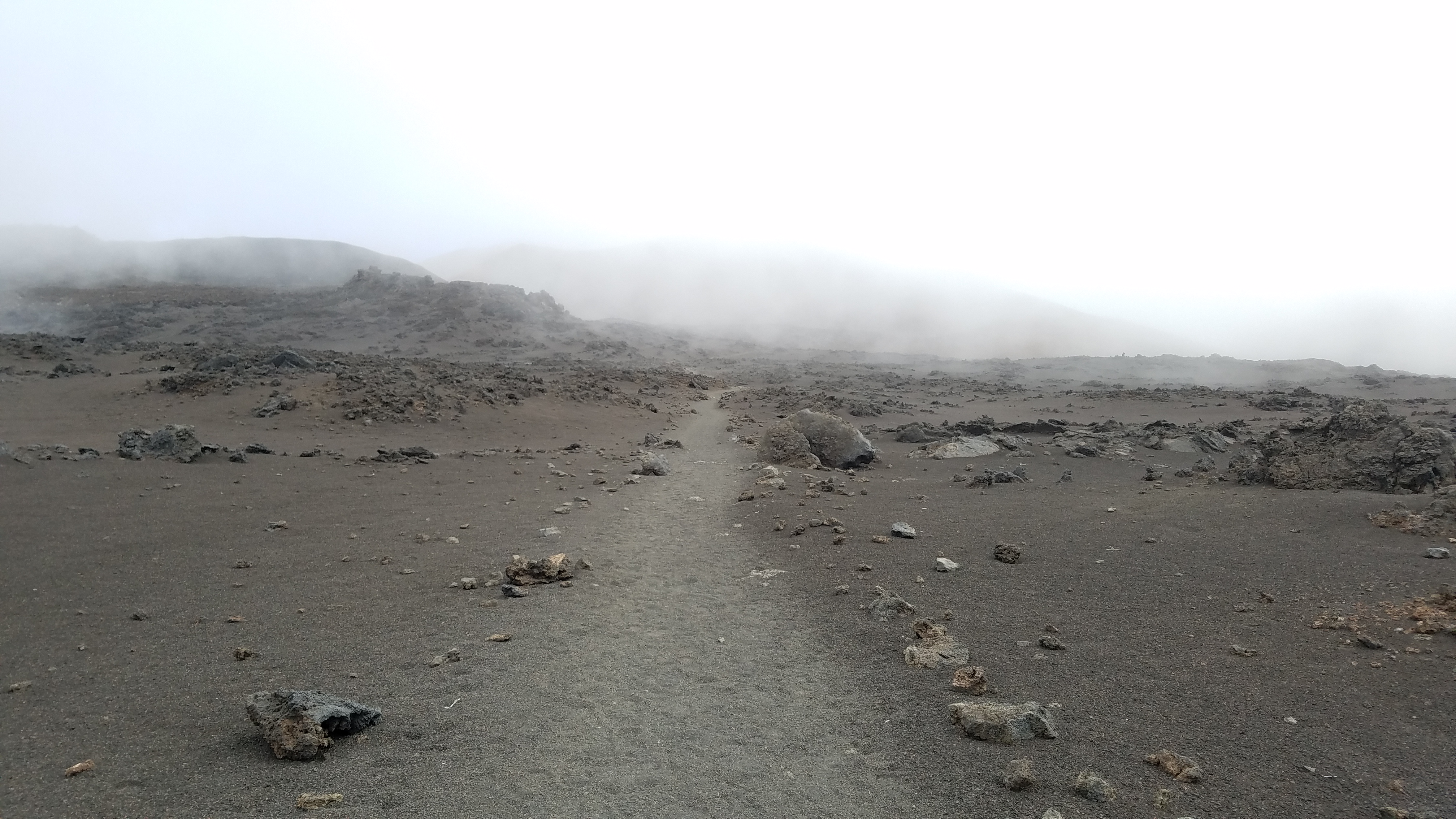
It became increasingly more overcast as we continued our hike. We eventually hit the fork where you can continue on to Holua or head back toward Sliding Sands. We saw a pair of day hikers but they quickly outpaced us. Heading toward Holua was heading straight into the cloud. With nothing visible except the dark rocks within a 30ft radius things got eerie pretty quickly. The continued on for some time. It was hard to tell how much further we had to go until camp without being able to get a sense of our bearings. Eventually we saw the Holua cabin come into view. The Holua camp sites are up the hill to the left of the cabin. The camp sites were small flat spots dispersed around a rocky outcropping. With no one to be seen we chose one that had a descent wind break and set up camp. Not too long after the clouds suddenly cleared up and we were shocked to see that were actually right up against the crater wall.
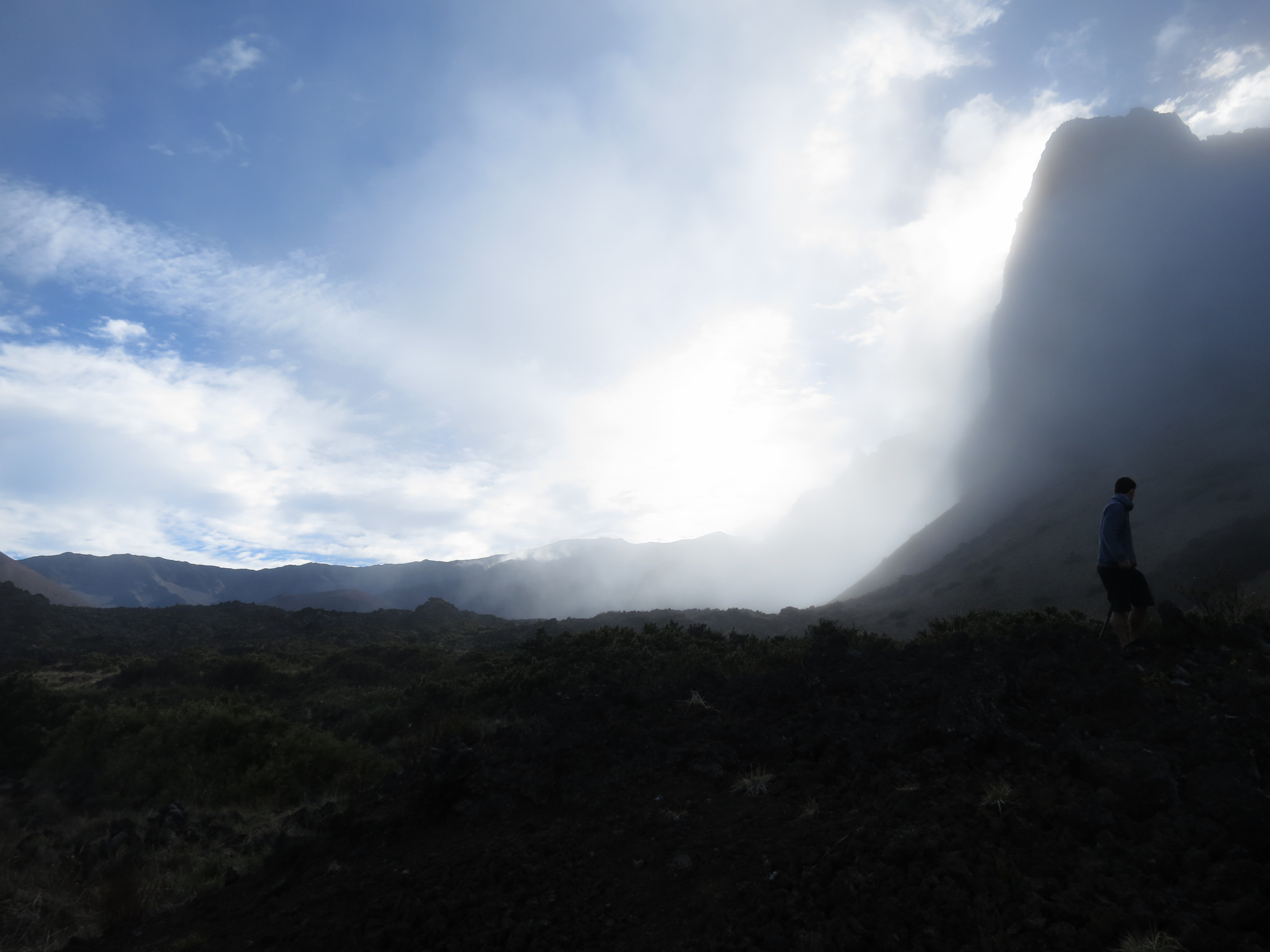
Day 3 came and we woke up to our tent being totally covered in frost. We were hoping for a nice sunrise ( Holua faces east) but it was a bit too cloudy to see anything. On a clear day you’d be treated to Haleakala’s noteworthy sunrises. It was our hike out day. We had two options either hike back out Sliding Sands (~7mi) to where our car was, or continue hiking out the Halemau’u trail (~4mi) but then have to hitchhike back to the upper parking lot. We elected to go the longer route. If we were going to do switchbacks, we preferred to do them to the car and not have the intermediate step. The hike back to sliding sands was pretty amazing. You could see all of what you had to hike to get back out laid out before you. Not sure if that was more disheartening or awe-inspiring…or maybe perplexing since you don’t normally see that while hiking. Nonetheless it was great to be able to see those fantastic views of the crater the whole way back. So happy and blessed to have the chance to do this hike.
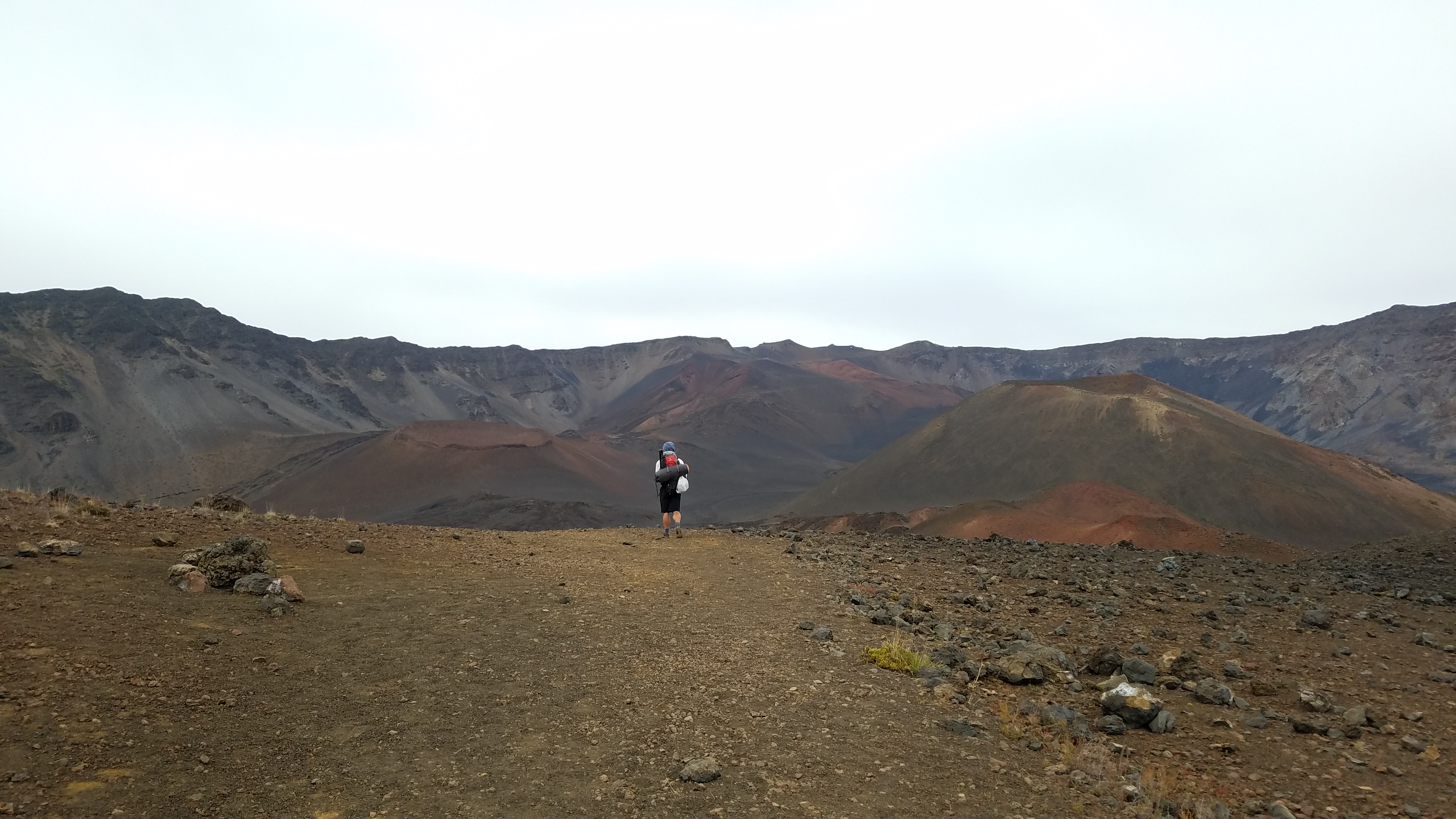
Bonus
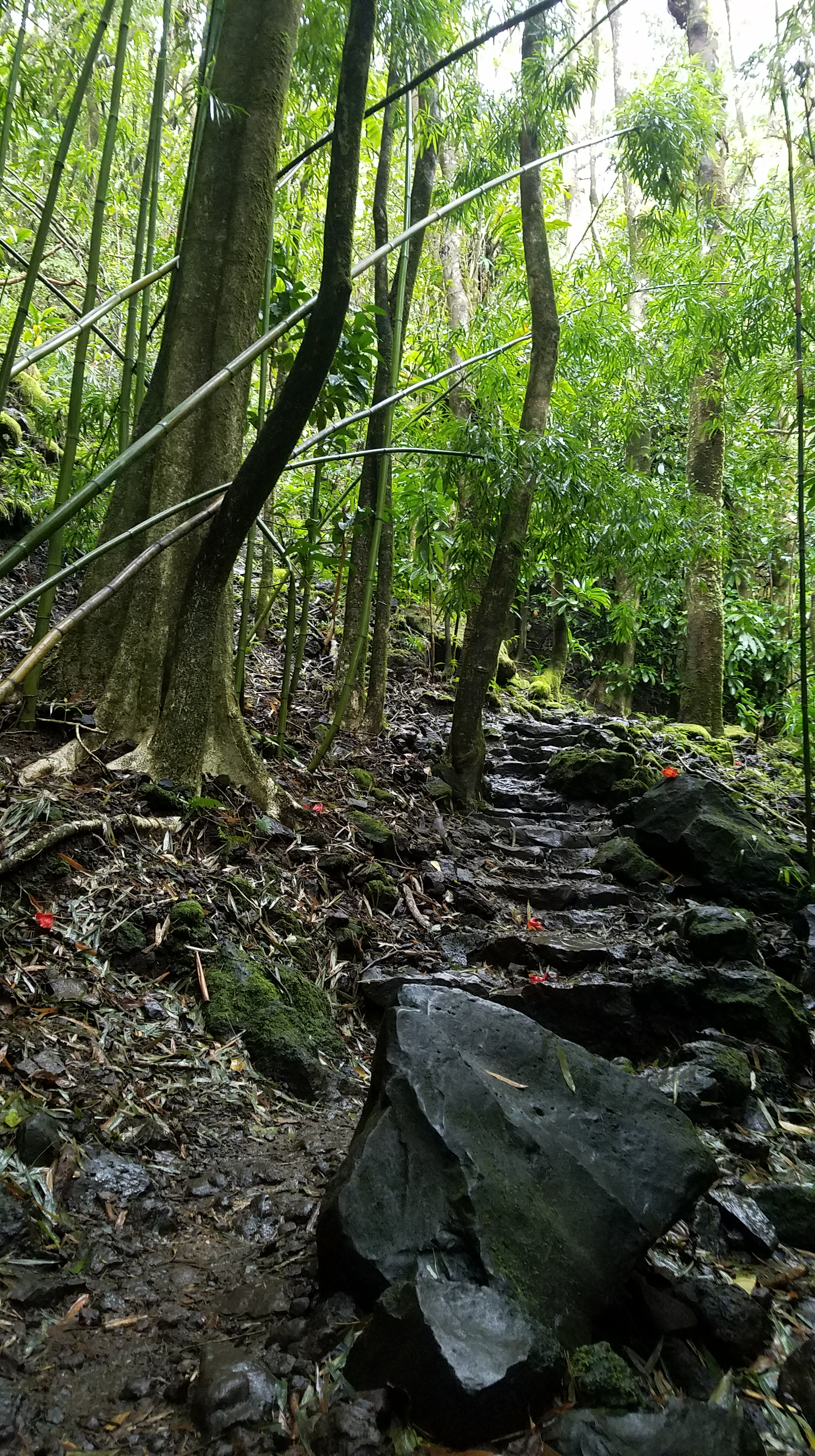
As I mentioned before there are two districts to Haleakala, the summit and Kipahulu. After our backpacking trip we took the road to Hana around the island making a couple stops here and there. If you have the time, a visit to Hana is pretty amazing. Its very lush and tropical and has beautiful beaches and great food. One of those nights we spent at Kipahulu and then did a short hike the next day to 400ft Waimoku falls. If you have time this hike is beautiful. It starts down by the coast and follows the Pipiwai stream up to Waimoku falls (~4 miles round trip). Towards the middle of the hike is a dense bamboo forest that is so tall it blocks most of the sunlight. A huge contrast to the arid landscape of the summit district, yet all in the same park!



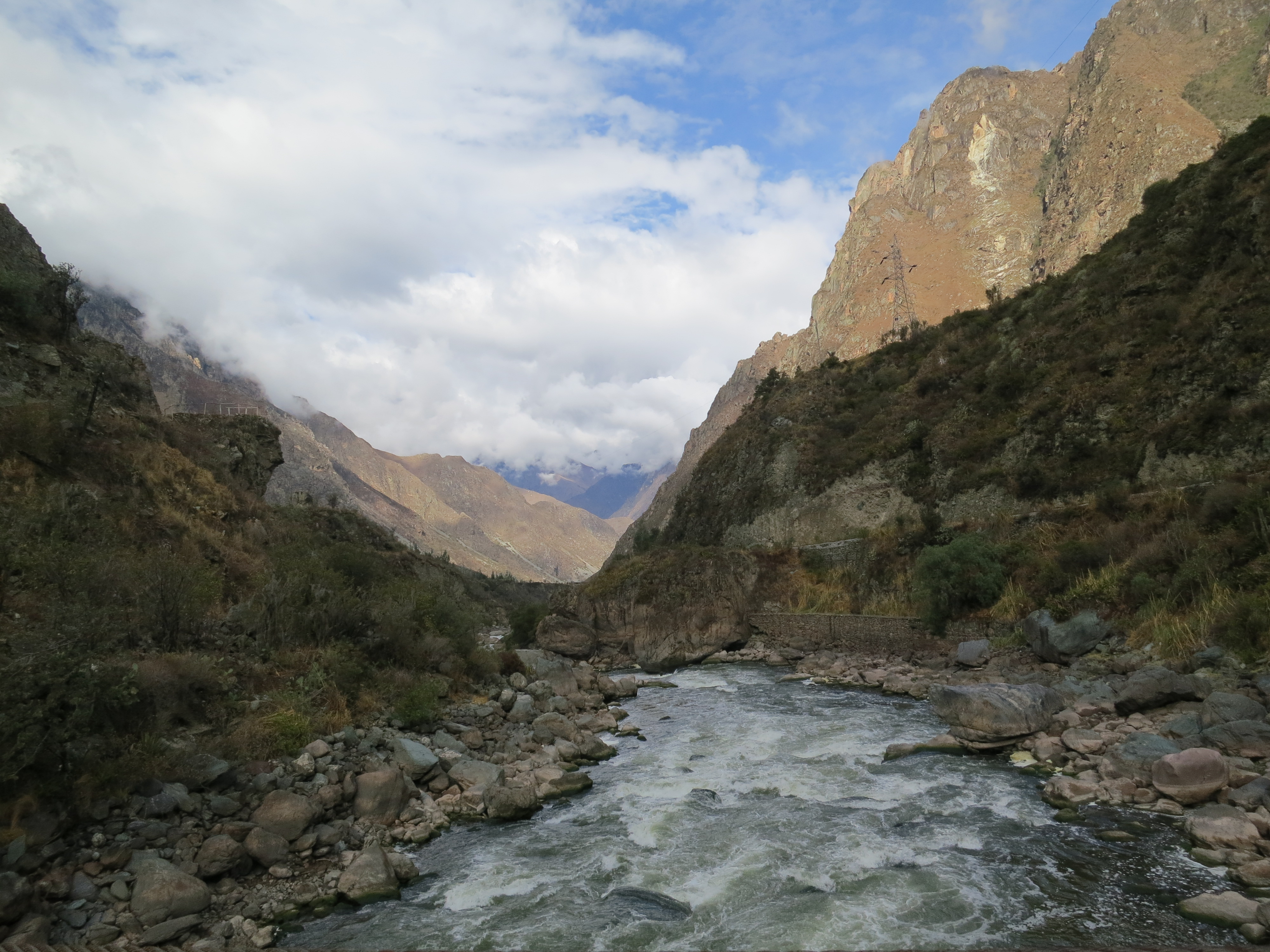 We left Cusco very early in the morning to bus to the trail head by the Urubamba River. We tried to sleep but it was hard due to the bumpy ride. It was dawn as we approached our final stop, Enigma’s basecamp. We groggly ate breakfast and did any last minute preparations. The mist slowly cleared to reveal a mountainous valley along the river. Down the street was the first checkpoint and entry onto the Inca Trail. We went through the checkpoint, crossed the river and were on our way. The beginning portion of the trail winds along the river, past various houses and farms. Each of the houses seemed to have their own restroom available for travelers for the cost of 1 Sol. Not far in, is the elevation map for the trail and the various campsites and mountain passes. Here you can further prepare yourself for what is coming.
We left Cusco very early in the morning to bus to the trail head by the Urubamba River. We tried to sleep but it was hard due to the bumpy ride. It was dawn as we approached our final stop, Enigma’s basecamp. We groggly ate breakfast and did any last minute preparations. The mist slowly cleared to reveal a mountainous valley along the river. Down the street was the first checkpoint and entry onto the Inca Trail. We went through the checkpoint, crossed the river and were on our way. The beginning portion of the trail winds along the river, past various houses and farms. Each of the houses seemed to have their own restroom available for travelers for the cost of 1 Sol. Not far in, is the elevation map for the trail and the various campsites and mountain passes. Here you can further prepare yourself for what is coming.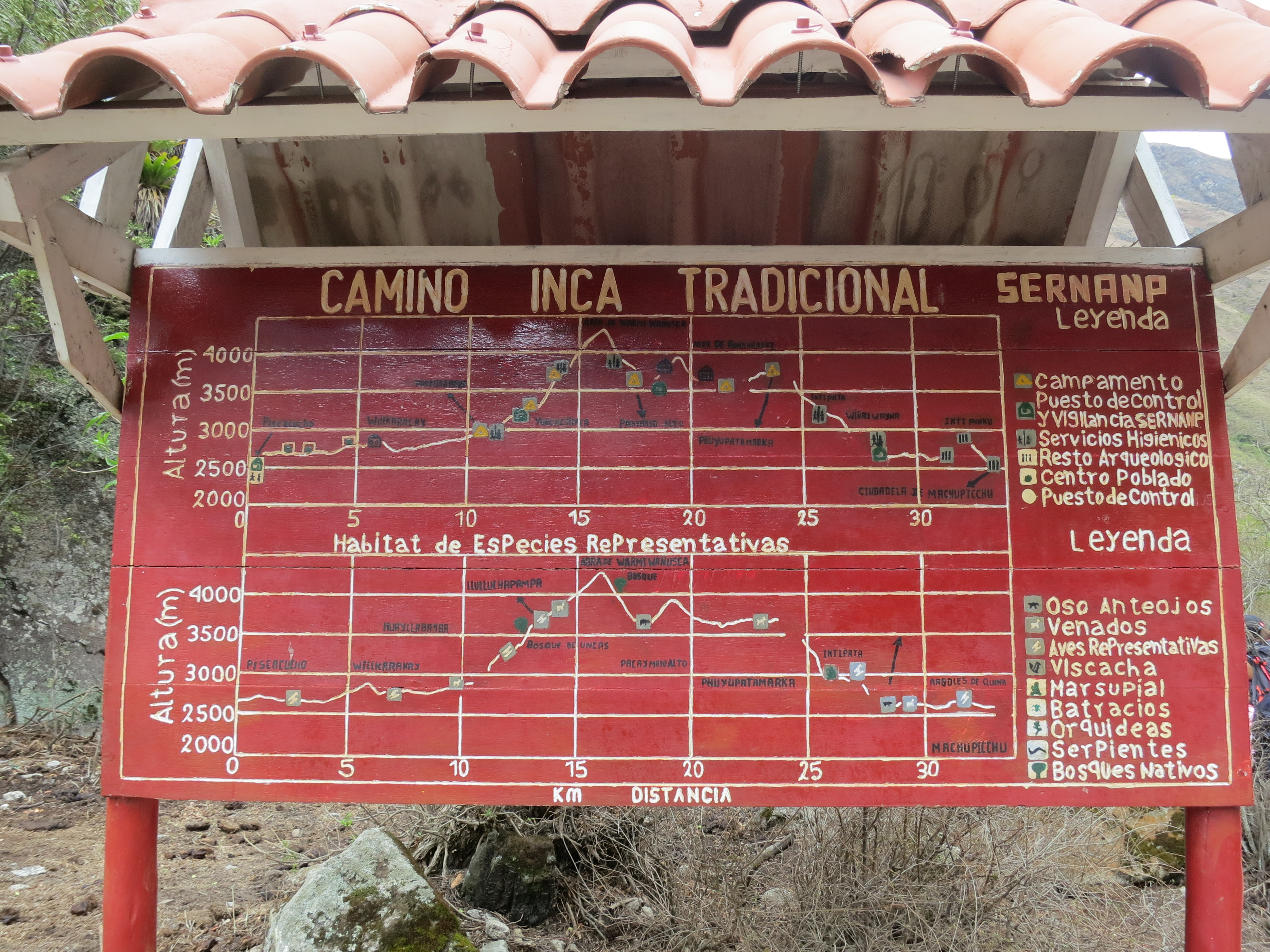
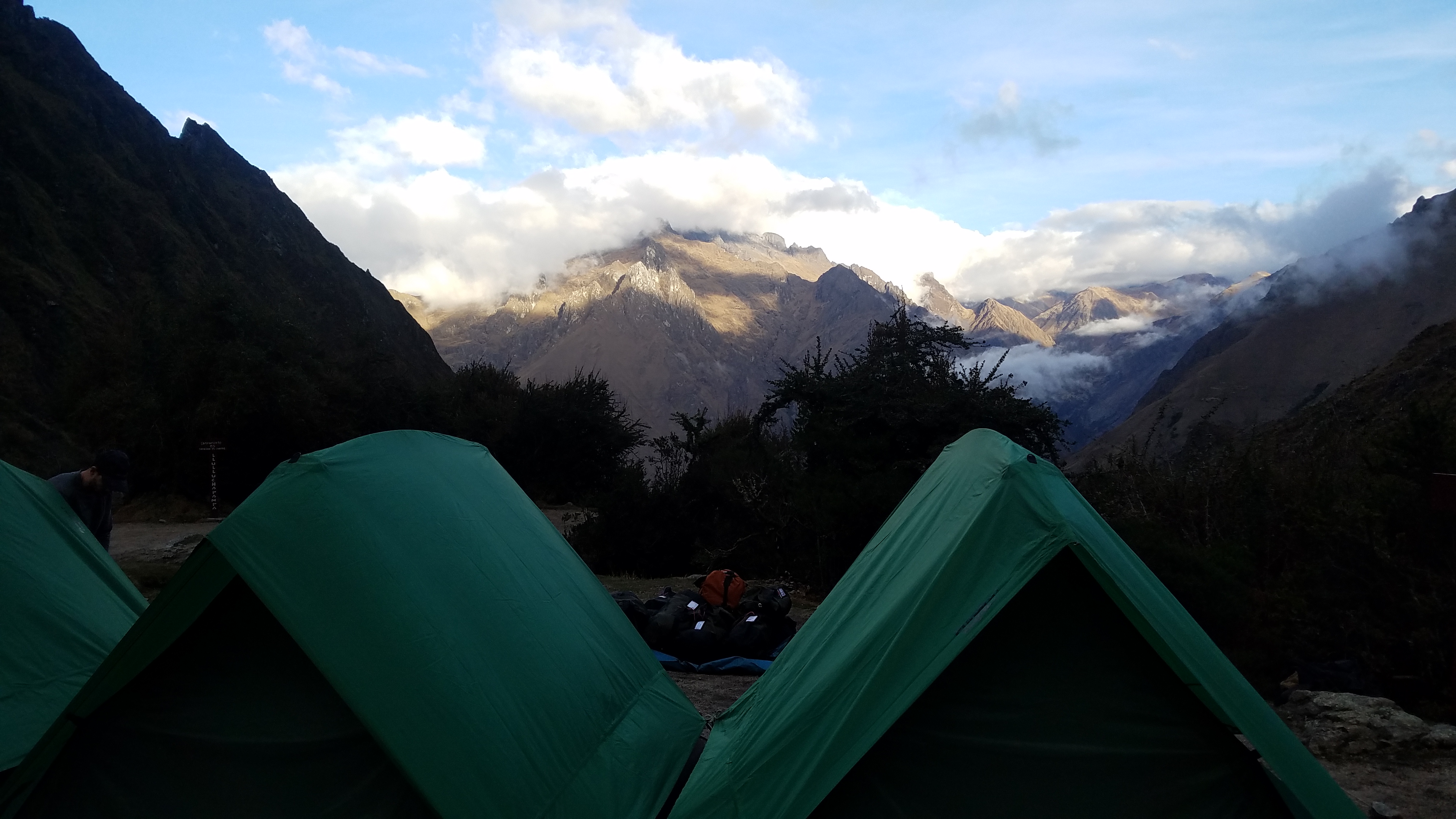
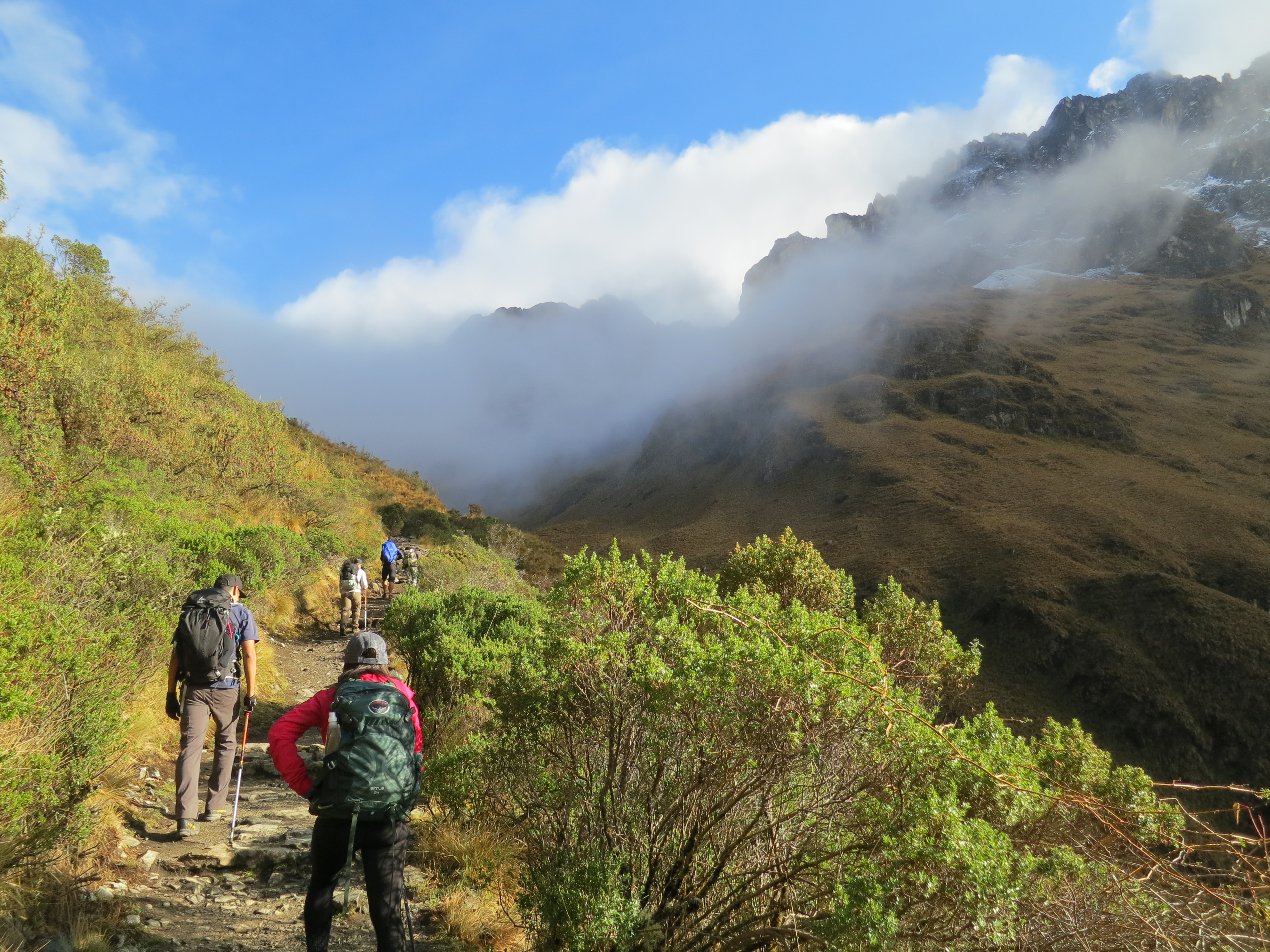 over Dead Woman’s Pass. We were lucky to be treated to blue skies and some low lying clouds. One of my friends did this trail same time of the year and got treated to a freak blizzard. The morning was beautiful and the clouds temporarily cleared as we enjoyed the view from the pass. Felt pretty accomplished to reach the pass which sits at 13,700ft, then felt pretty annoyed having to go down into the
over Dead Woman’s Pass. We were lucky to be treated to blue skies and some low lying clouds. One of my friends did this trail same time of the year and got treated to a freak blizzard. The morning was beautiful and the clouds temporarily cleared as we enjoyed the view from the pass. Felt pretty accomplished to reach the pass which sits at 13,700ft, then felt pretty annoyed having to go down into the 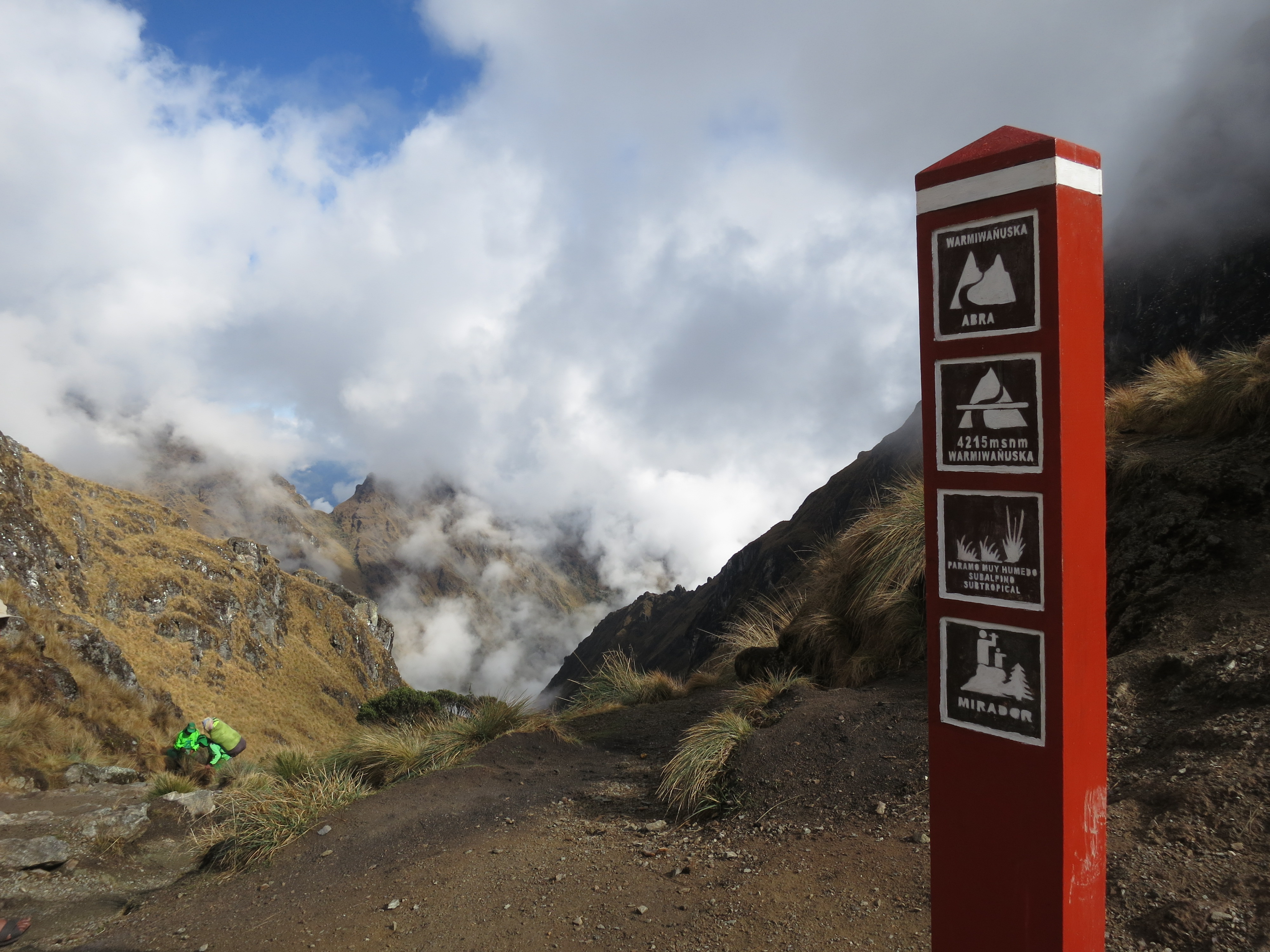 following Pacaymayo valley (11,800ft) only to have to crest the next pass, Abra Runkurakay, at 13,000ft. But by then, we were getting pretty used to the altitude. It wasn’t quite as difficult to sustain a descent pace. We still had one more valley and one more pass to get to before camp though. Luckily, Abra Phuyupatamarca was relatively easy to go up. You finally break out of the valley and are treated to what I assume are vistas, however all we saw was fog/clouds. This is probably one of the few parts of the trail that actually have shear drops on one side. Nothing we weren’t used to though. We got up to Phuyupatamarca right before sunset. Several other trekking groups were also there so a handful of us perched on the rock above camp wishing for the clouds to part. I was able to snap a few photos before the next wave of clouds rolled in but then resigned myself to the cold and went to the meal tent.
following Pacaymayo valley (11,800ft) only to have to crest the next pass, Abra Runkurakay, at 13,000ft. But by then, we were getting pretty used to the altitude. It wasn’t quite as difficult to sustain a descent pace. We still had one more valley and one more pass to get to before camp though. Luckily, Abra Phuyupatamarca was relatively easy to go up. You finally break out of the valley and are treated to what I assume are vistas, however all we saw was fog/clouds. This is probably one of the few parts of the trail that actually have shear drops on one side. Nothing we weren’t used to though. We got up to Phuyupatamarca right before sunset. Several other trekking groups were also there so a handful of us perched on the rock above camp wishing for the clouds to part. I was able to snap a few photos before the next wave of clouds rolled in but then resigned myself to the cold and went to the meal tent. 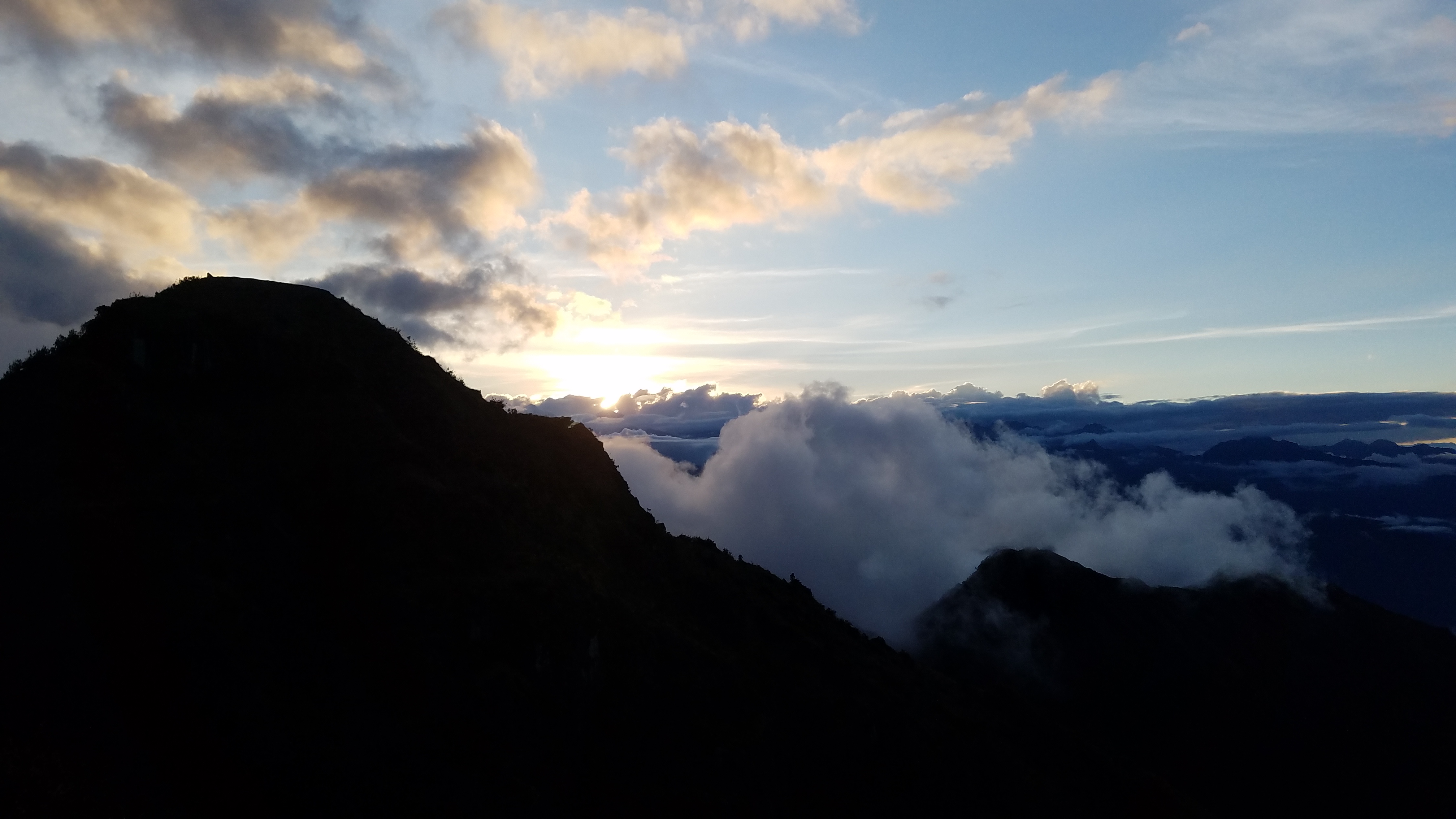
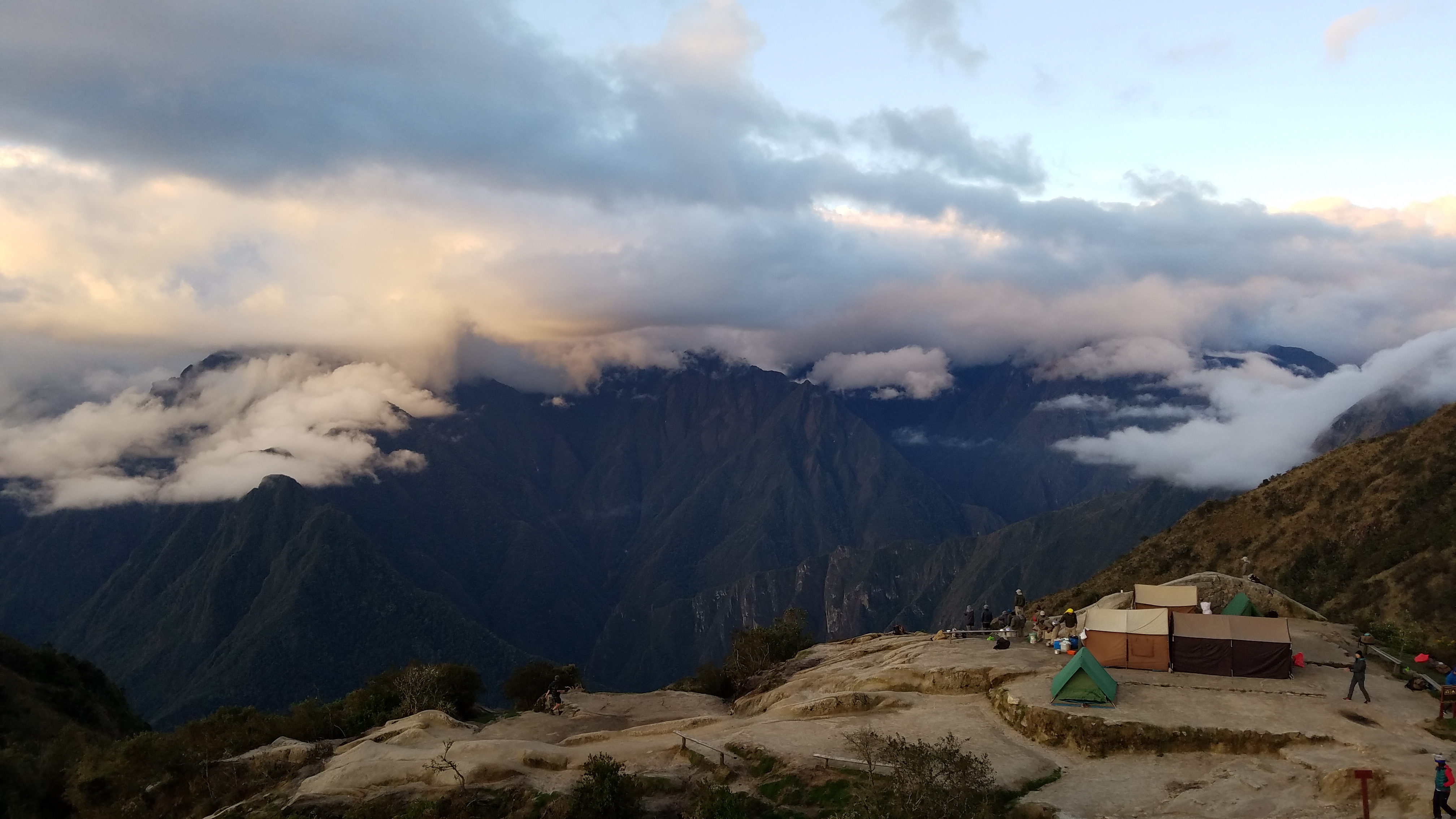
 Those last 8 miles seemed to drone on though. The Sungate was our final marker before you drop down into Machu Picchu. It seemed to never come. Somewhere around mile 6 is a very steep stone structure that we thought was the Sungate but to no avail. The steps were probably built on a 45 degree angle. I wasn’t sure whether to climb using my hands or just to walk. We finally reached the real Sungate only to find zero sun and a whole lot of fog. As the whisps flew buy we woulc catch glimpses of the massive valley below, glimpses of a river, of some train tracks, and every now and then Machu Picchu itself. We hung around at the Sungate for a while. It had been a long hike down. My legs felt sort of like jelly. By the time we actually started moving, the low clouds had burned off and the sun was shining bright. We meandered down toward Machu Picchu and were immediately hit by wave after wave of tourists. But weren’t we tourists? Yeah, but we felt like we had done something to earn our way there at least. It was pretty satisfying actually. I feel like if I had just show up on a bus like everyone else it wouldn’t have been as fun. Its like Disney Land on some remote mountain. Lines of people with cameras and all the food is expensive. At least that’s what its sort of turned into. I’m glad some areas are off limits to people. It would be too sad to see something that’s lasted this long turn to ruin because of tourist stampede. Machu Picchu itself is quiet beautiful actually. The whole area is very lush with aqueducts bringing mountain spring water into the city. The amount of thought that went into choosing this site is astounding. There are terraces for farming. A quarry for building materials. An astronomy tower with windows that line up with the sunrise for winter and summer solstice. I wonder what it was like to live there. I’m so blessed to have had the chance to visit and to hike the Inca Trail. This is why I love travelling.
Those last 8 miles seemed to drone on though. The Sungate was our final marker before you drop down into Machu Picchu. It seemed to never come. Somewhere around mile 6 is a very steep stone structure that we thought was the Sungate but to no avail. The steps were probably built on a 45 degree angle. I wasn’t sure whether to climb using my hands or just to walk. We finally reached the real Sungate only to find zero sun and a whole lot of fog. As the whisps flew buy we woulc catch glimpses of the massive valley below, glimpses of a river, of some train tracks, and every now and then Machu Picchu itself. We hung around at the Sungate for a while. It had been a long hike down. My legs felt sort of like jelly. By the time we actually started moving, the low clouds had burned off and the sun was shining bright. We meandered down toward Machu Picchu and were immediately hit by wave after wave of tourists. But weren’t we tourists? Yeah, but we felt like we had done something to earn our way there at least. It was pretty satisfying actually. I feel like if I had just show up on a bus like everyone else it wouldn’t have been as fun. Its like Disney Land on some remote mountain. Lines of people with cameras and all the food is expensive. At least that’s what its sort of turned into. I’m glad some areas are off limits to people. It would be too sad to see something that’s lasted this long turn to ruin because of tourist stampede. Machu Picchu itself is quiet beautiful actually. The whole area is very lush with aqueducts bringing mountain spring water into the city. The amount of thought that went into choosing this site is astounding. There are terraces for farming. A quarry for building materials. An astronomy tower with windows that line up with the sunrise for winter and summer solstice. I wonder what it was like to live there. I’m so blessed to have had the chance to visit and to hike the Inca Trail. This is why I love travelling.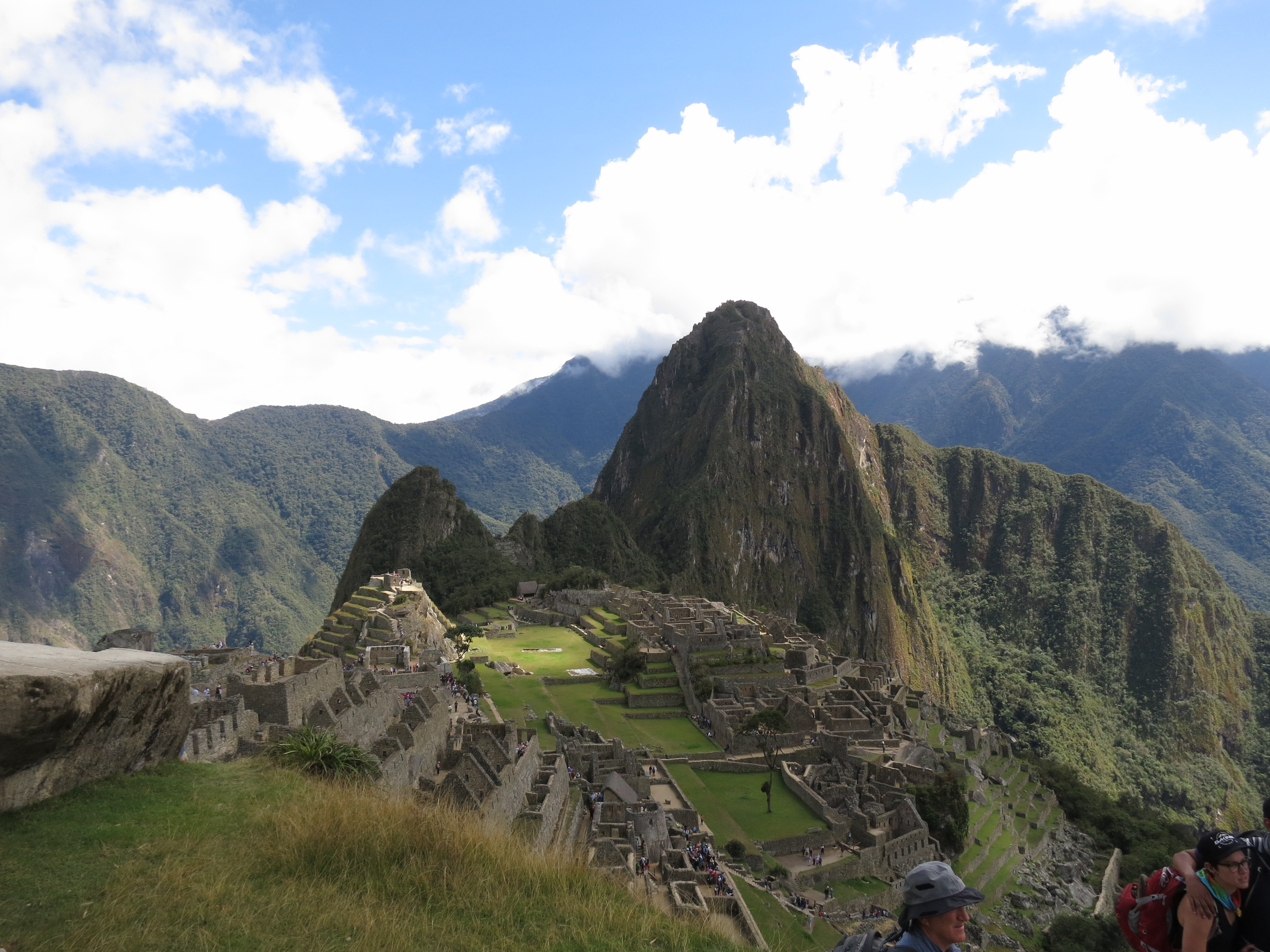


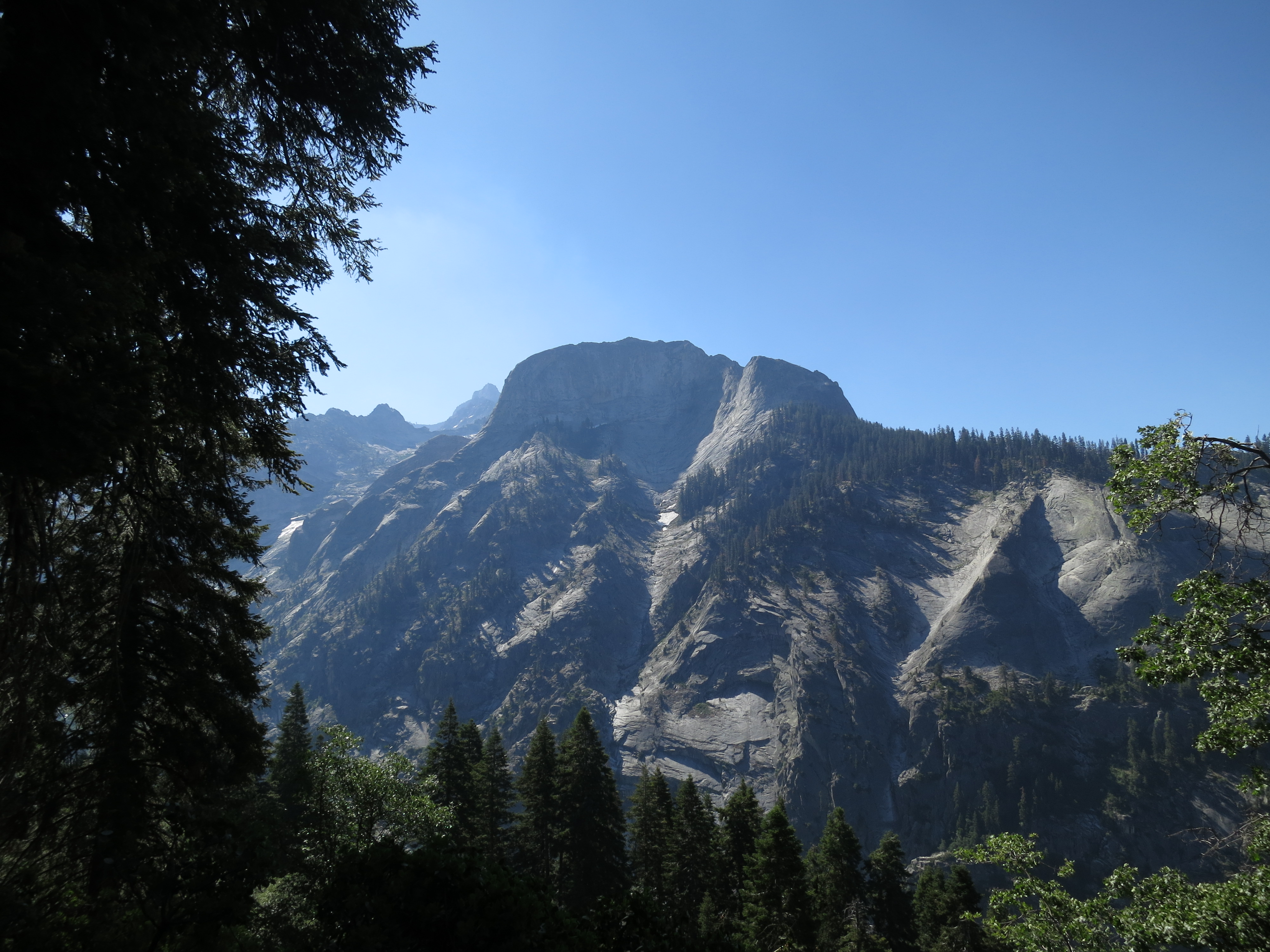
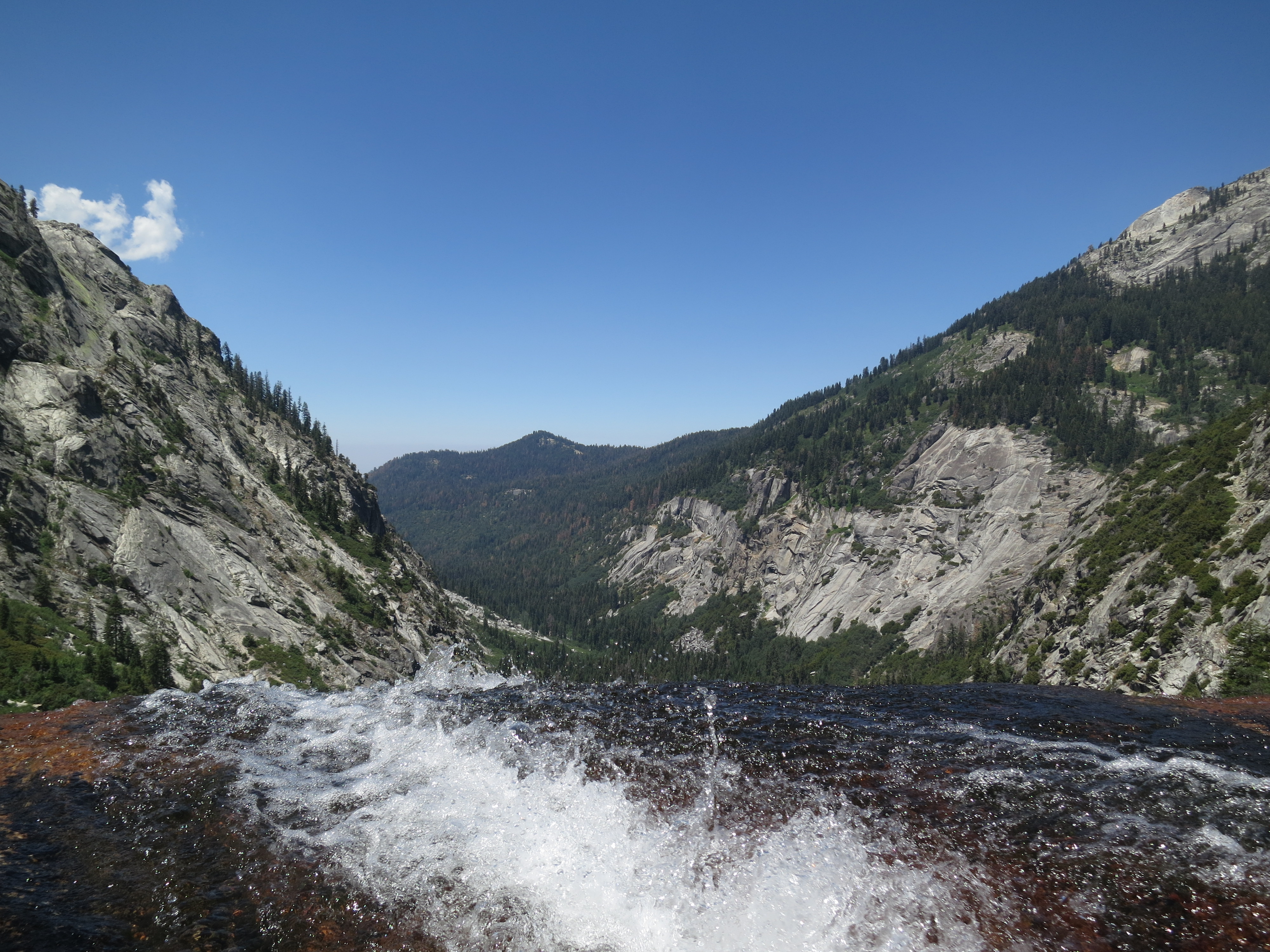
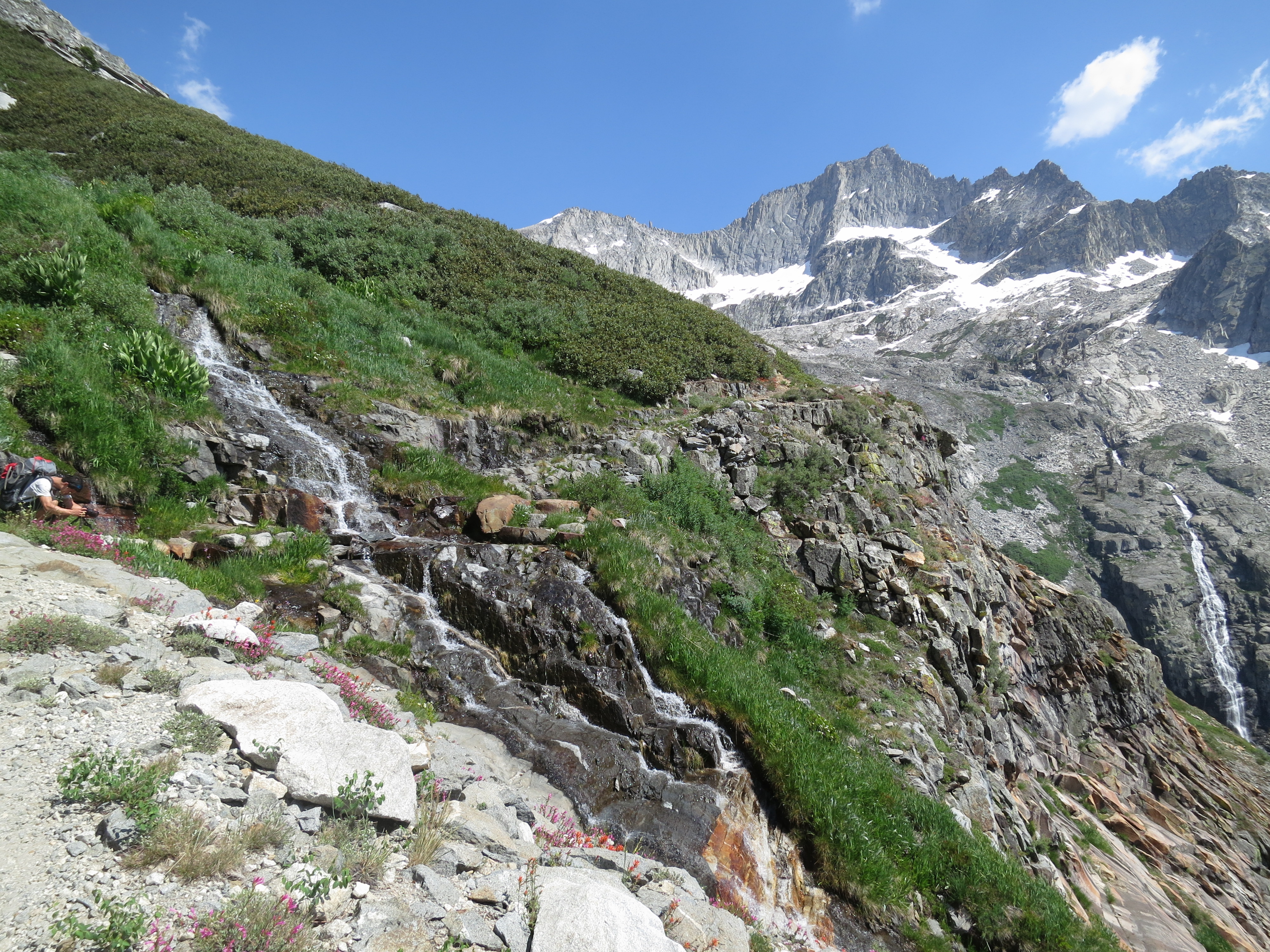
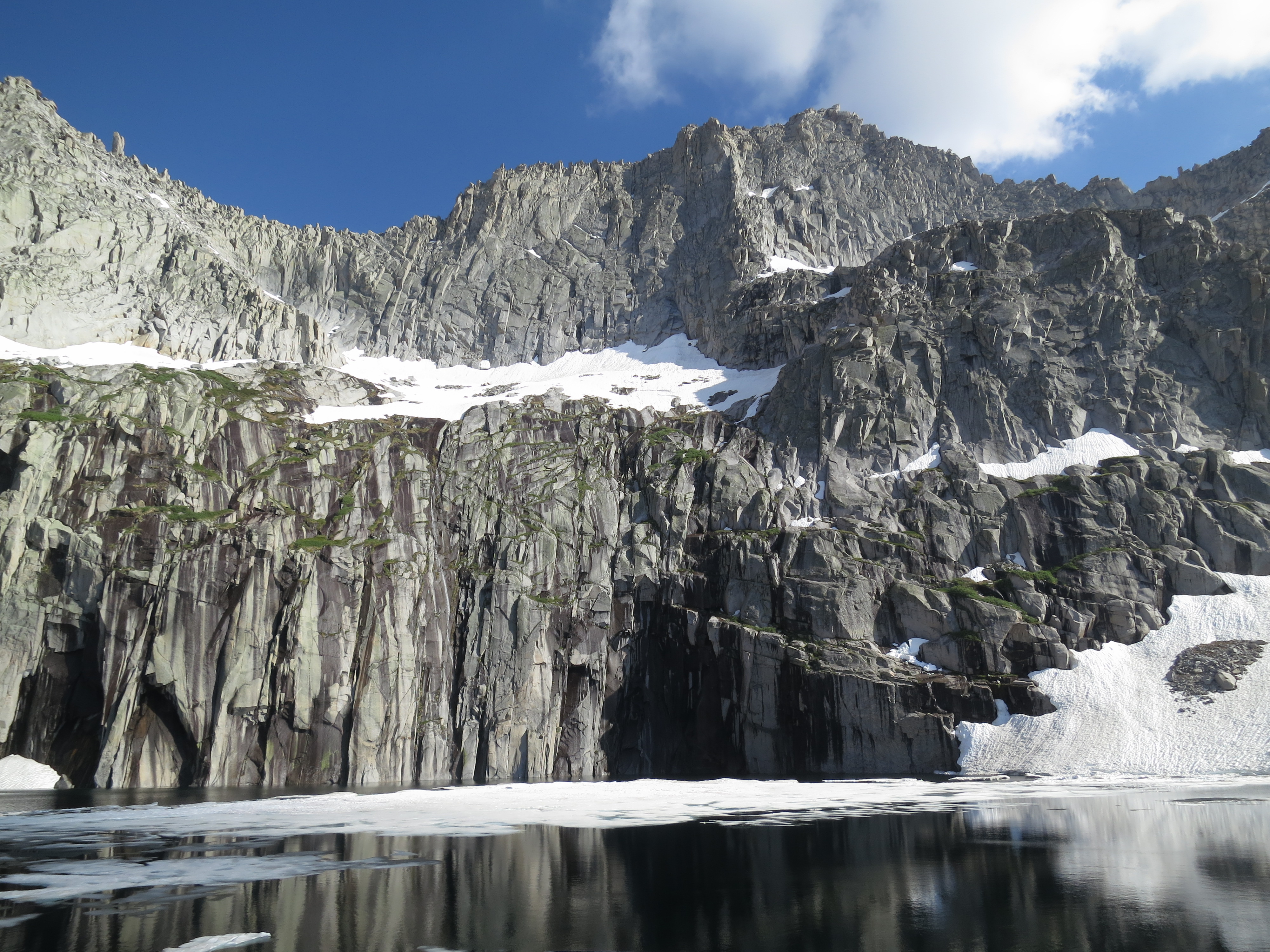
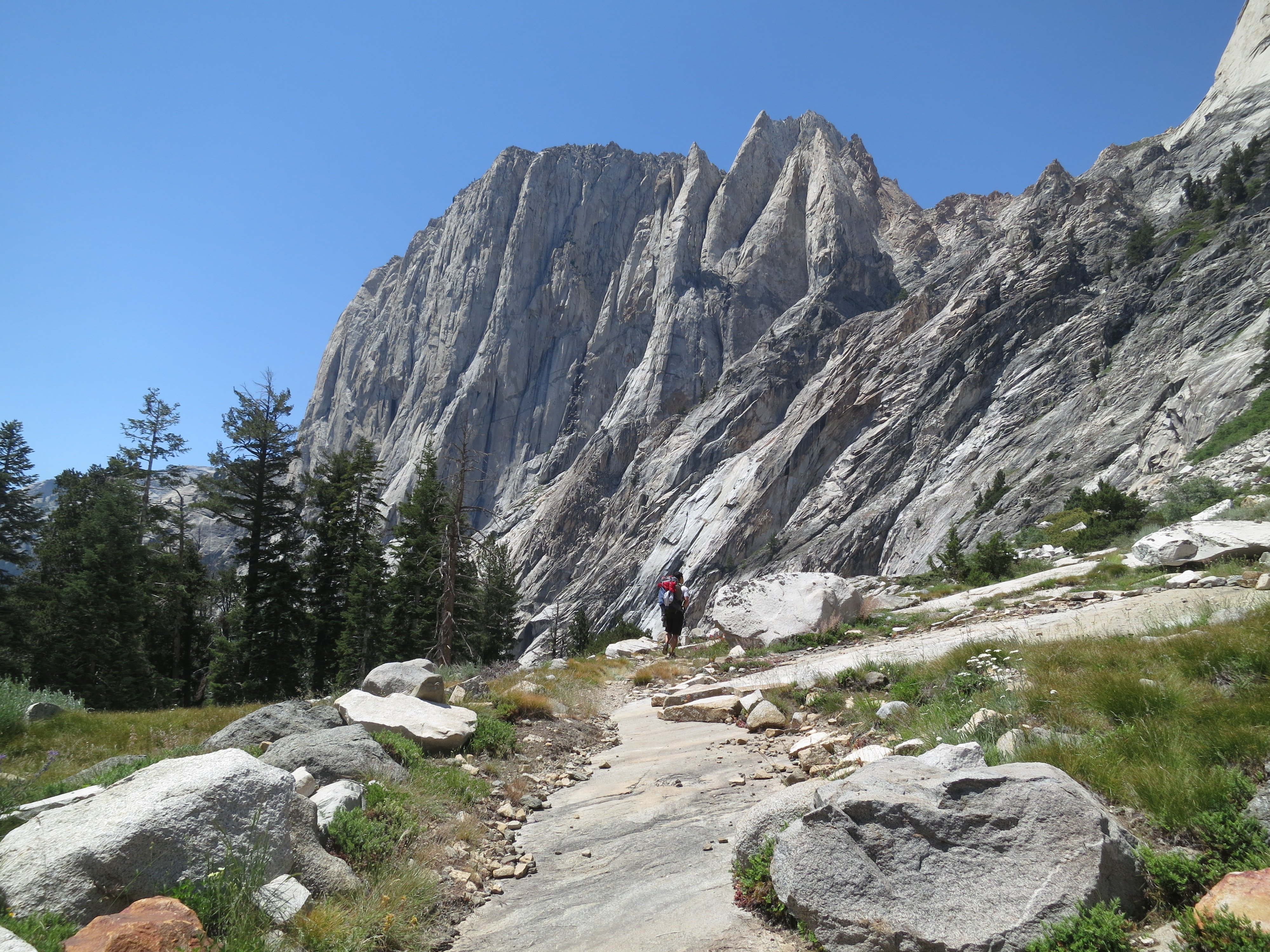

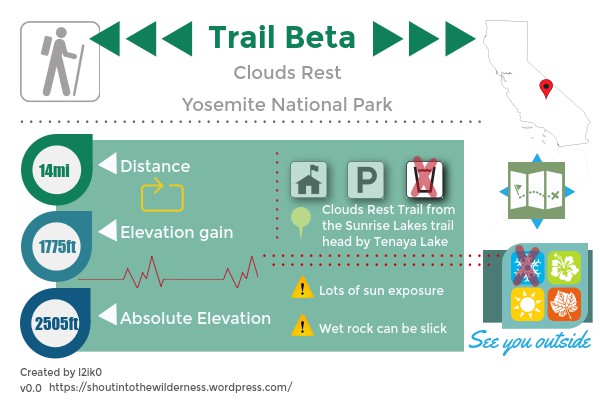

 actually the result of an ancient ocean that dried up and refilled several times over the millenia. What is left is a vast valley full of quirky sandstone rock formations they call goblins. Rain from a time long forgotten, along with wind, have shaped the rocks and walls. This expansive area was, much to my surprise, free to climb on. Visitors are free to wonder as they will with zero infrastructure. We scrambled over some ridges and climbed up to the high points only to see that these goblins went on for miles. It became our playground for the day.
actually the result of an ancient ocean that dried up and refilled several times over the millenia. What is left is a vast valley full of quirky sandstone rock formations they call goblins. Rain from a time long forgotten, along with wind, have shaped the rocks and walls. This expansive area was, much to my surprise, free to climb on. Visitors are free to wonder as they will with zero infrastructure. We scrambled over some ridges and climbed up to the high points only to see that these goblins went on for miles. It became our playground for the day.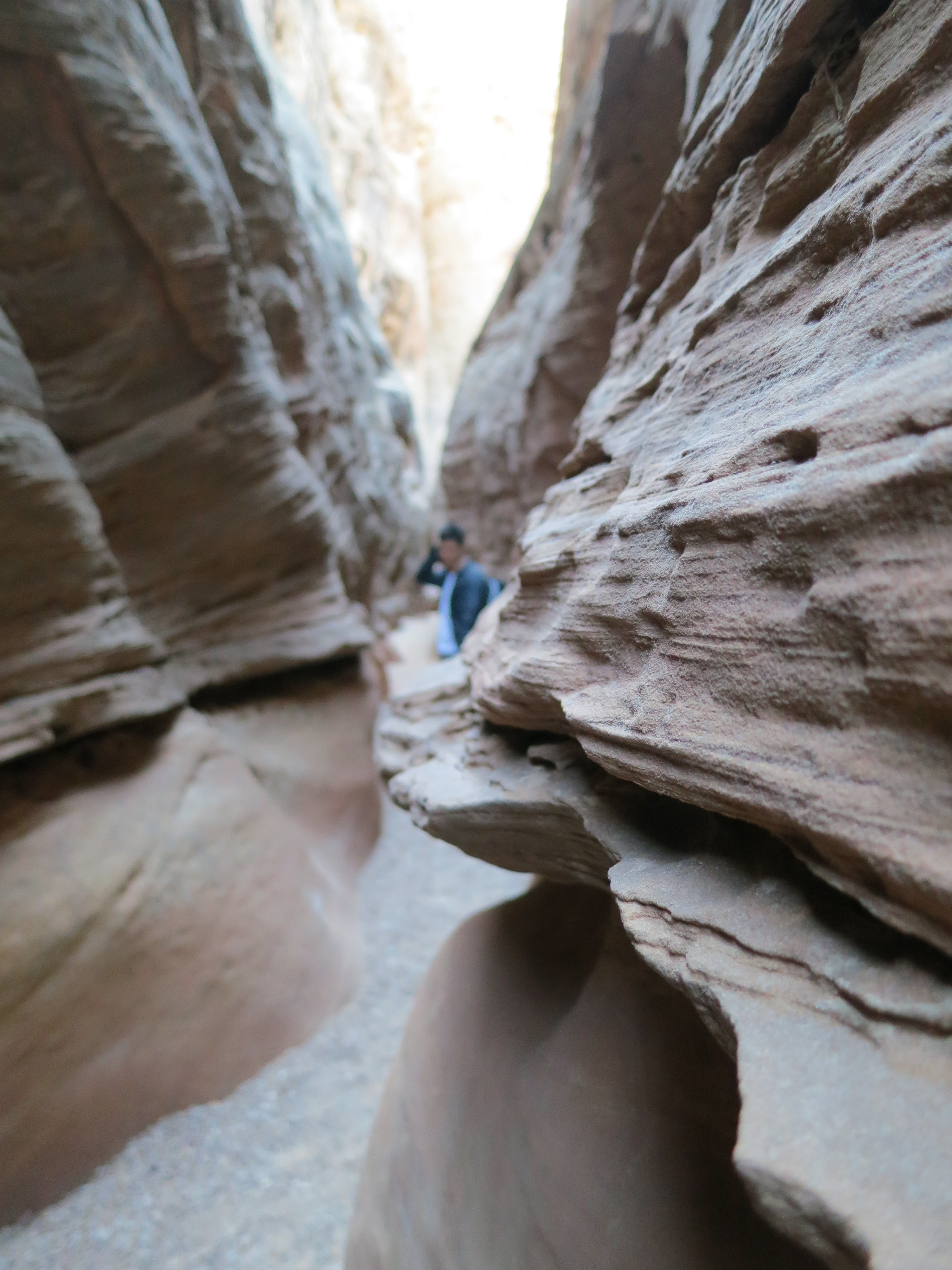 Outside the park are also some easily accessible slot canyons. The Goblin Valley visitor center has a good topographical display of the surrounding area so you can get a good idea of how long the different hikes are. Be sure to check the weather conditions prior to hiking. These canyons can flood if it rains upstream. After our afternoon of scrambling on goblins, we did a short stint up Little Wild Horse Canyon. Incredibly beautiful and the walls are so smooth and water-worn. The width varied from huge open space to about 3 feet across. The the layers of rock create ribbons of pinkish browns the run along the walls of the canyon. I was very much reminded of bacon. All in all, it ended up being an exhausting yet fun day and we woke up covered in even more sand.
Outside the park are also some easily accessible slot canyons. The Goblin Valley visitor center has a good topographical display of the surrounding area so you can get a good idea of how long the different hikes are. Be sure to check the weather conditions prior to hiking. These canyons can flood if it rains upstream. After our afternoon of scrambling on goblins, we did a short stint up Little Wild Horse Canyon. Incredibly beautiful and the walls are so smooth and water-worn. The width varied from huge open space to about 3 feet across. The the layers of rock create ribbons of pinkish browns the run along the walls of the canyon. I was very much reminded of bacon. All in all, it ended up being an exhausting yet fun day and we woke up covered in even more sand.
 in or boat in. The backpacking ones aren’t too grueling and very doable for someone with no experience. The longest hike ins are about 5-6 miles whiles the closer ones, like Sky Camp, are 1.5 miles. The trail-head for Sky Camp is just off Limantour Road. There’s a small parking lot that can fit about 7 cars. In the days leading up to our trip, we had an large amount of rain. So while it just a bit overcast, everything was sopping wet and humid. The bright side was that there were tons of mushrooms everywhere. And not just your typical plain white mushroom. Mushrooms of all different colors and shapes and sizes. Felt like Alice in Wonderland.
in or boat in. The backpacking ones aren’t too grueling and very doable for someone with no experience. The longest hike ins are about 5-6 miles whiles the closer ones, like Sky Camp, are 1.5 miles. The trail-head for Sky Camp is just off Limantour Road. There’s a small parking lot that can fit about 7 cars. In the days leading up to our trip, we had an large amount of rain. So while it just a bit overcast, everything was sopping wet and humid. The bright side was that there were tons of mushrooms everywhere. And not just your typical plain white mushroom. Mushrooms of all different colors and shapes and sizes. Felt like Alice in Wonderland.
